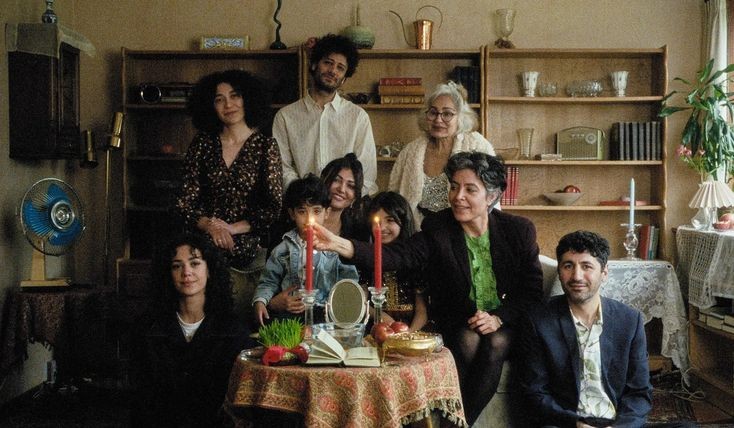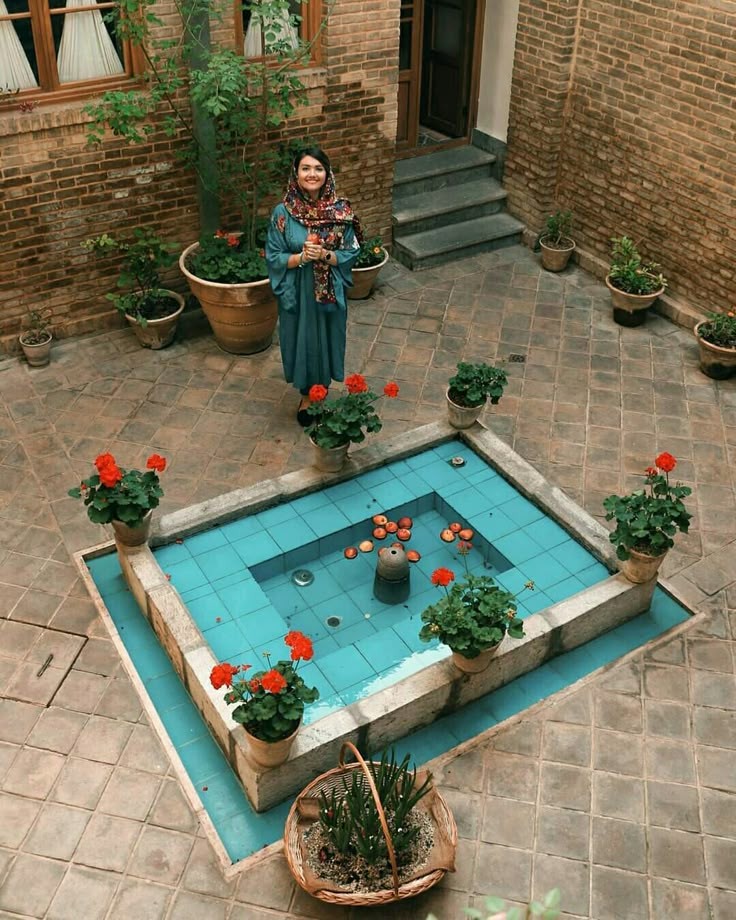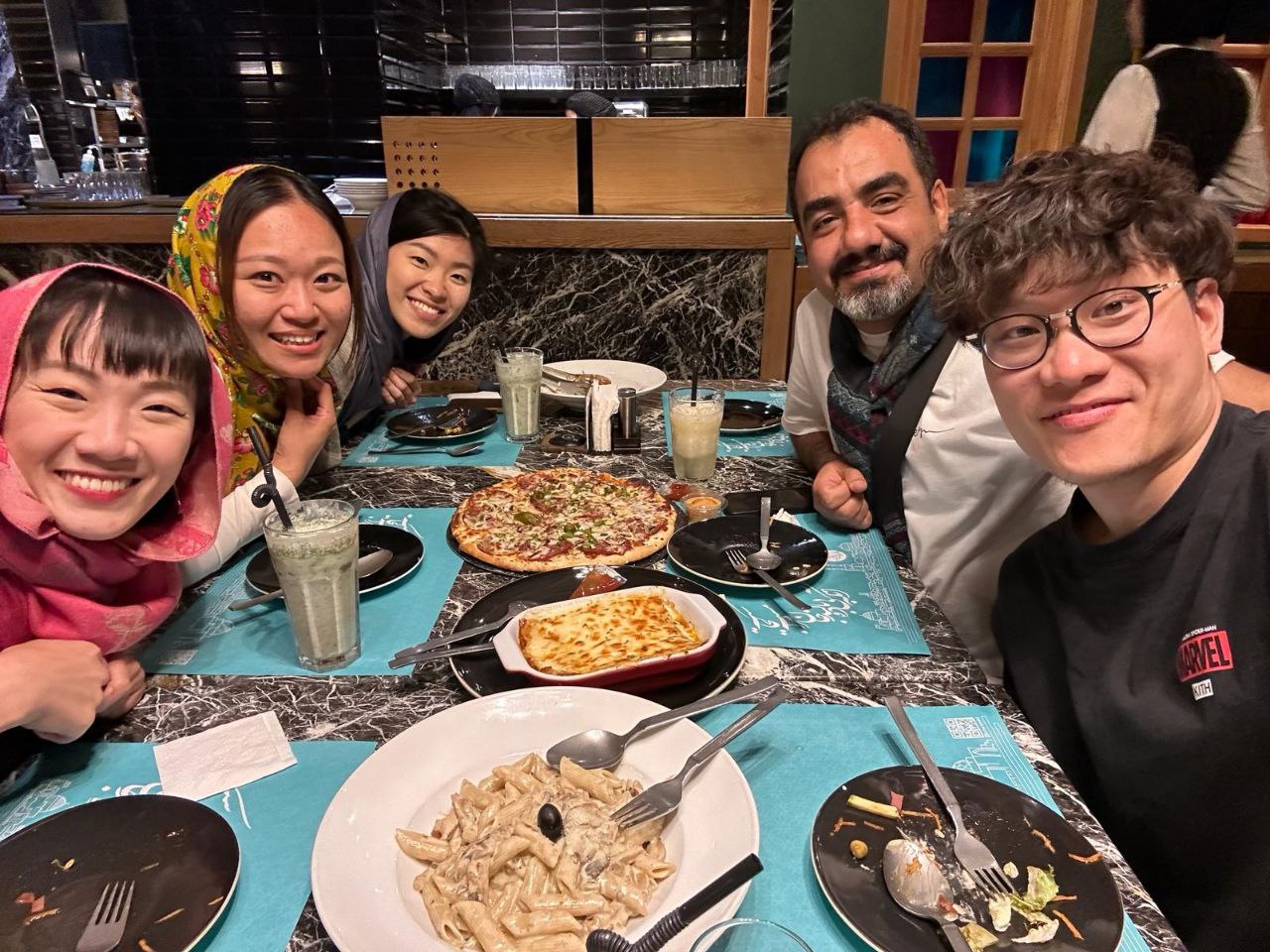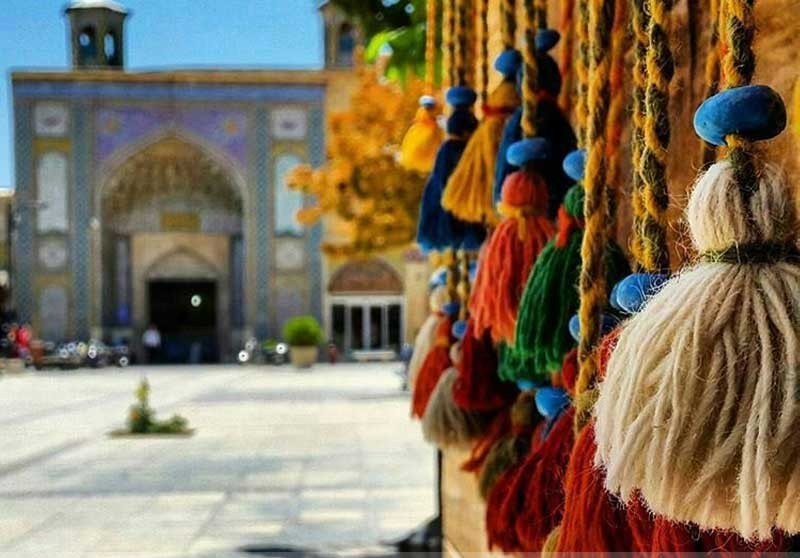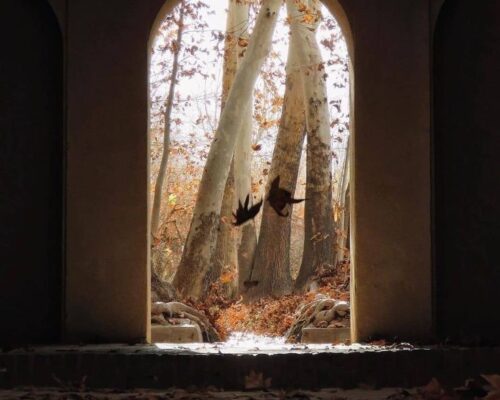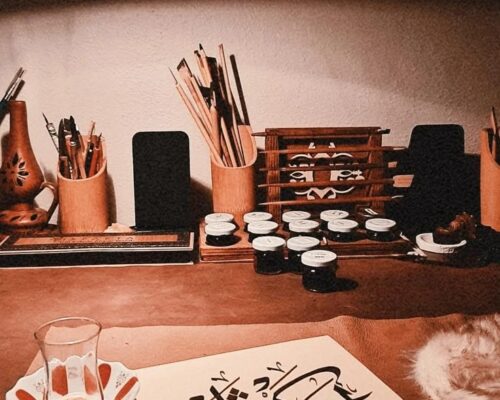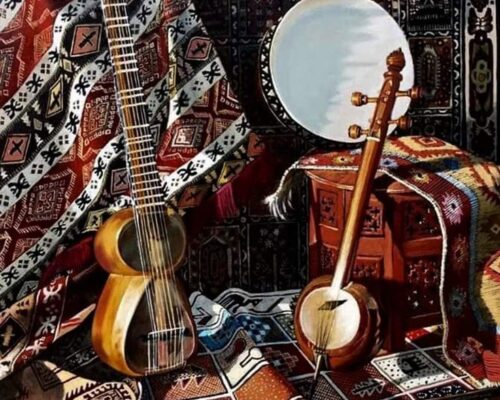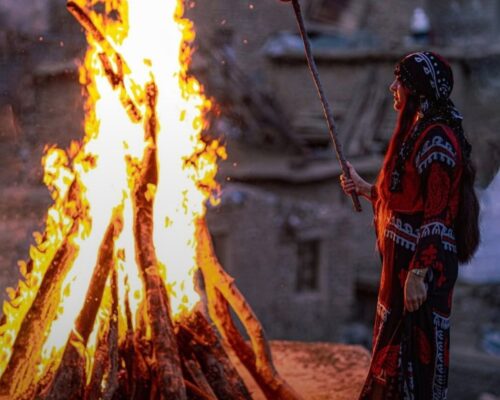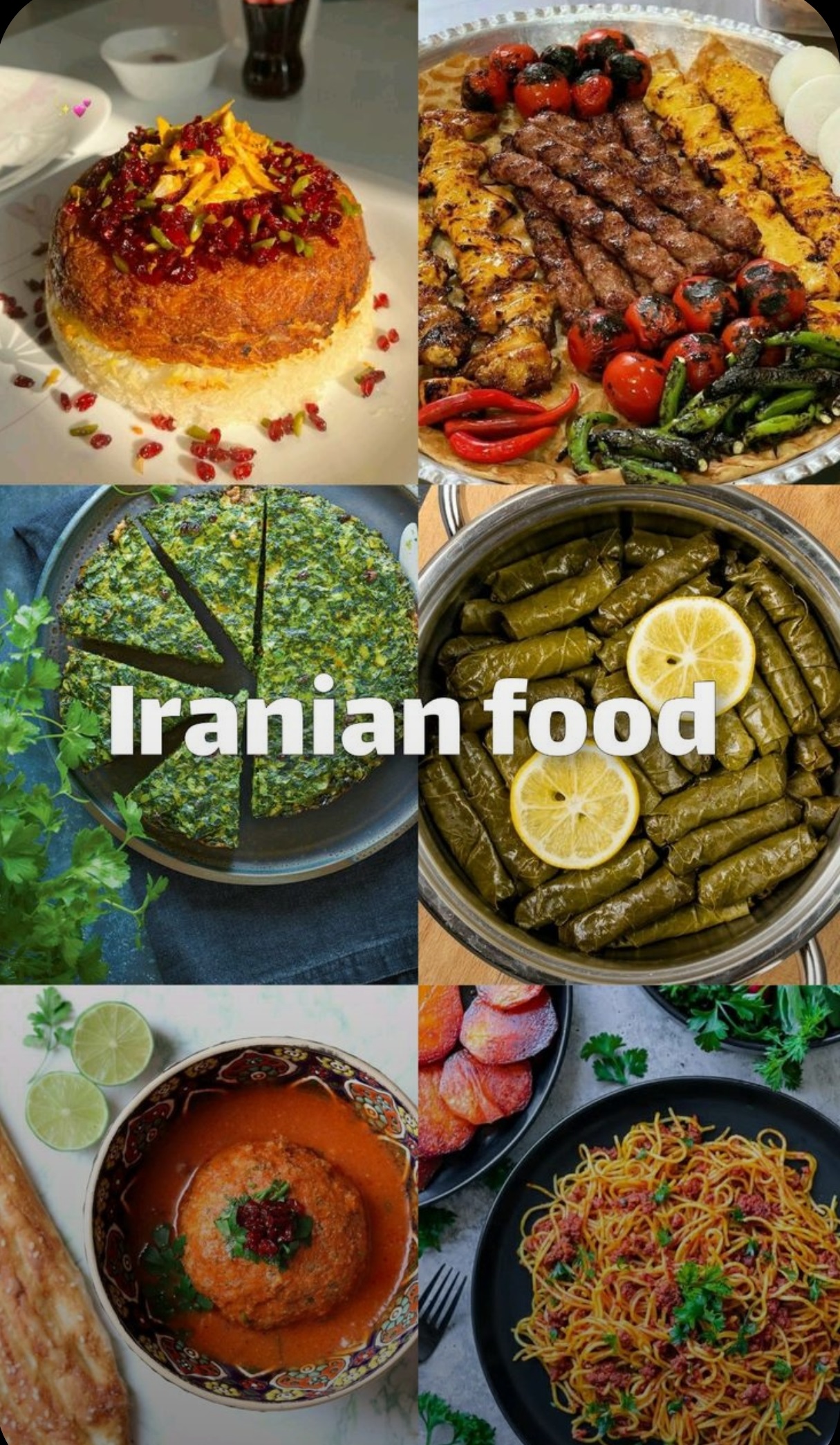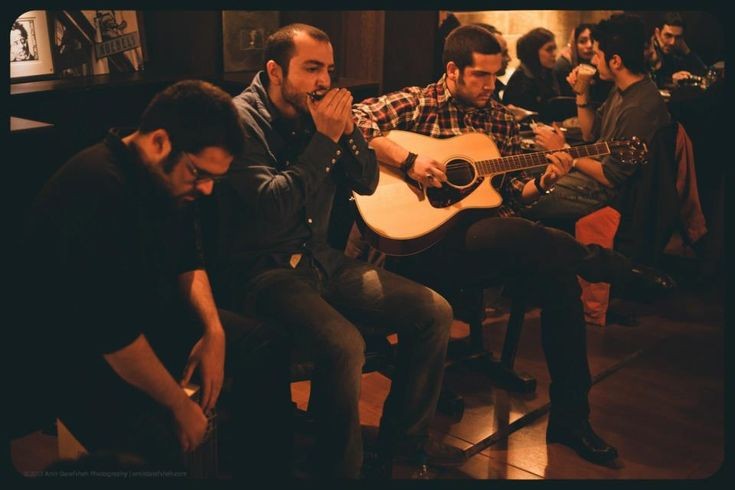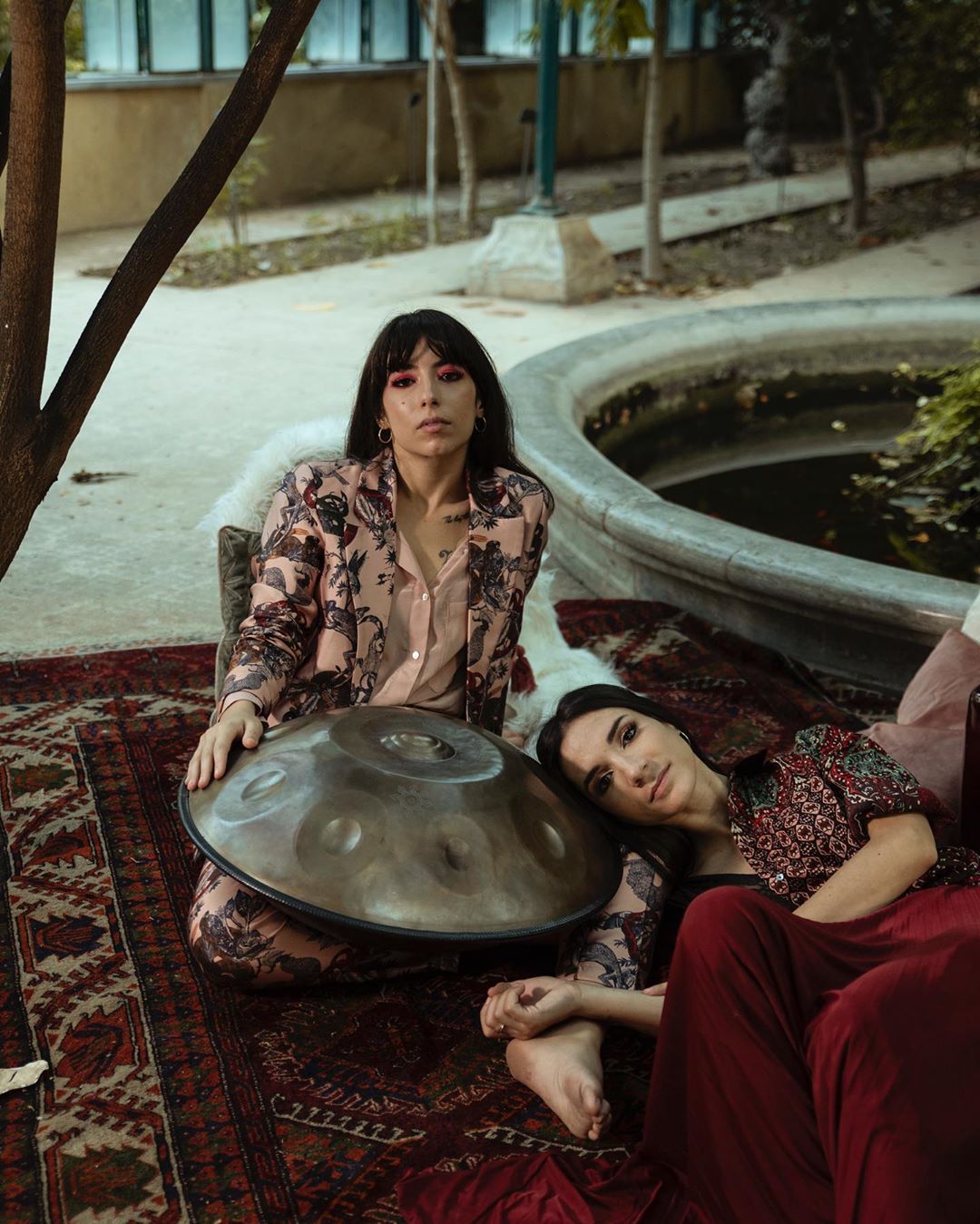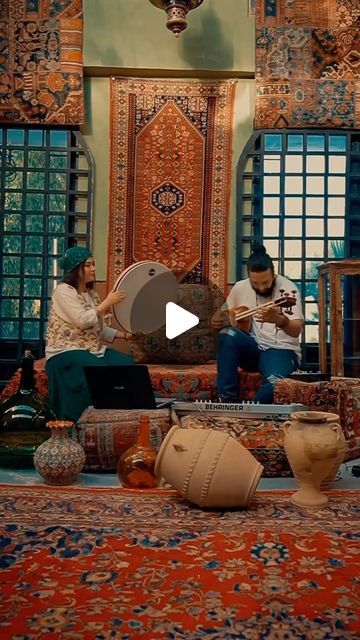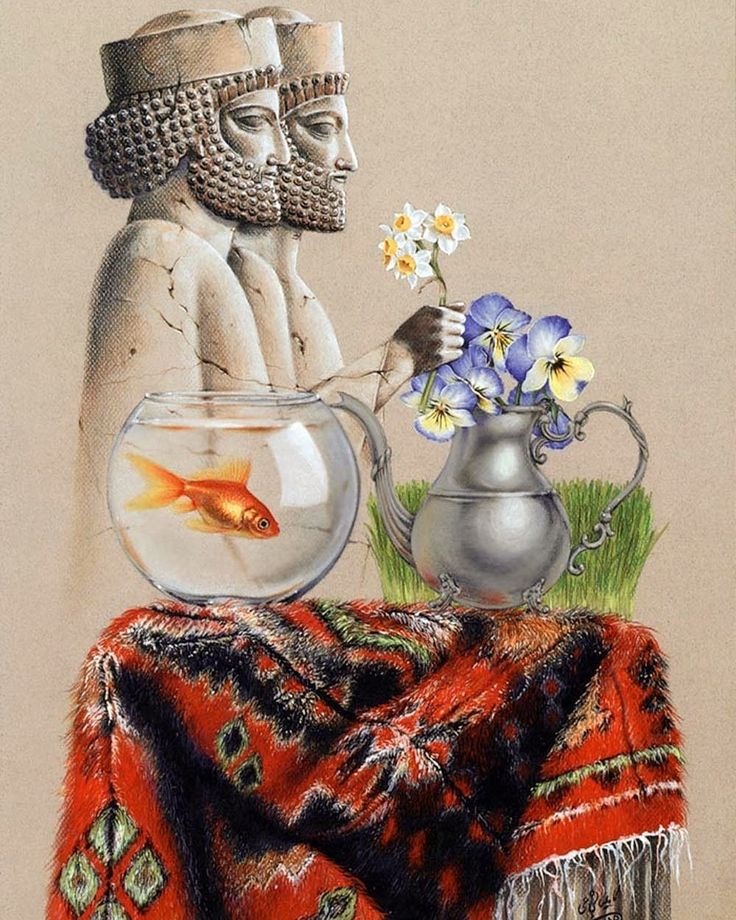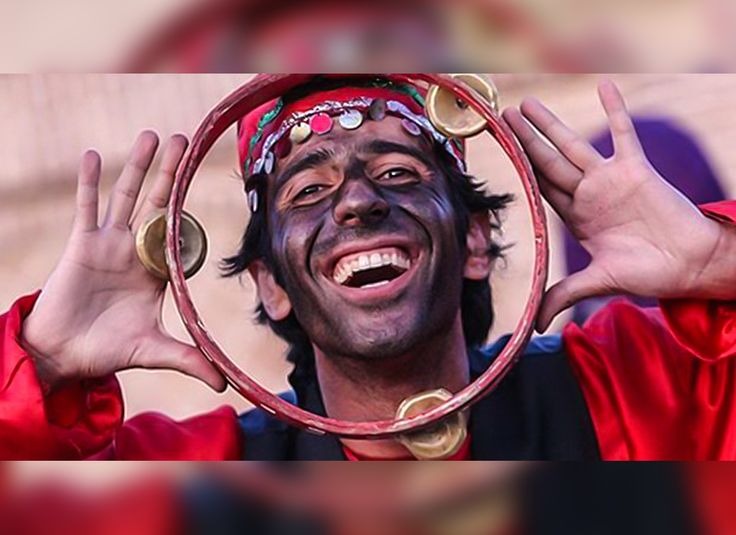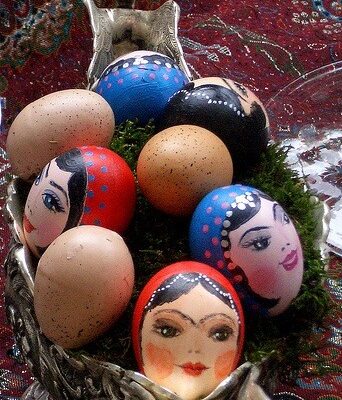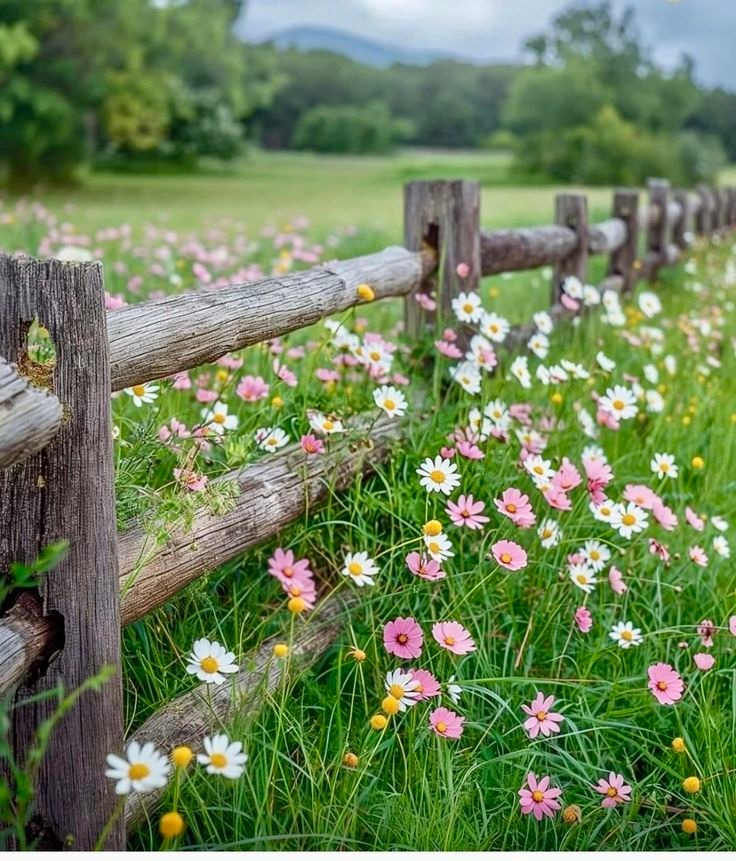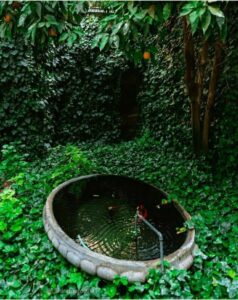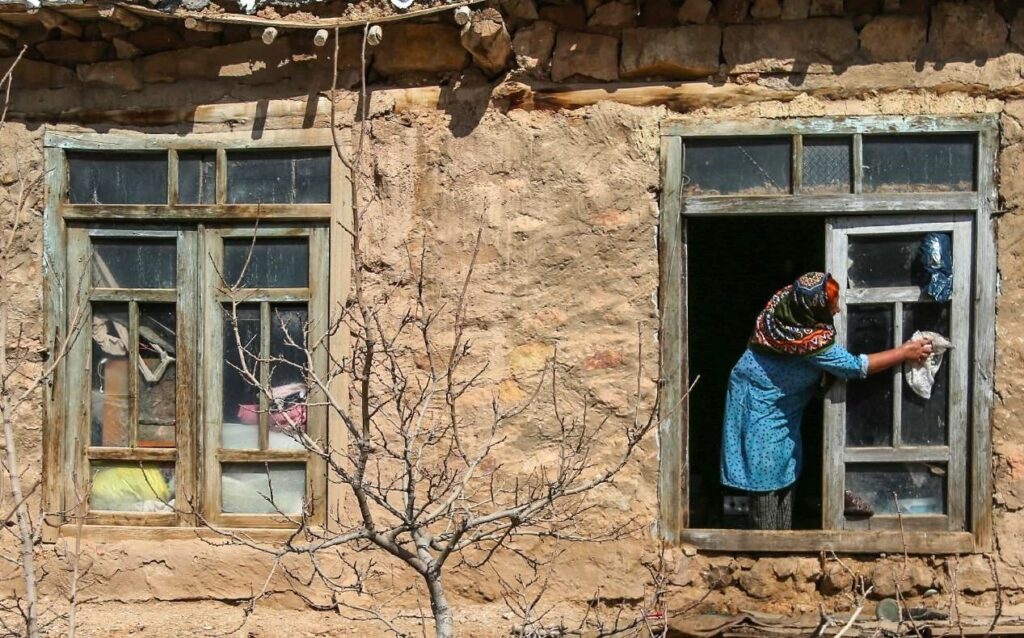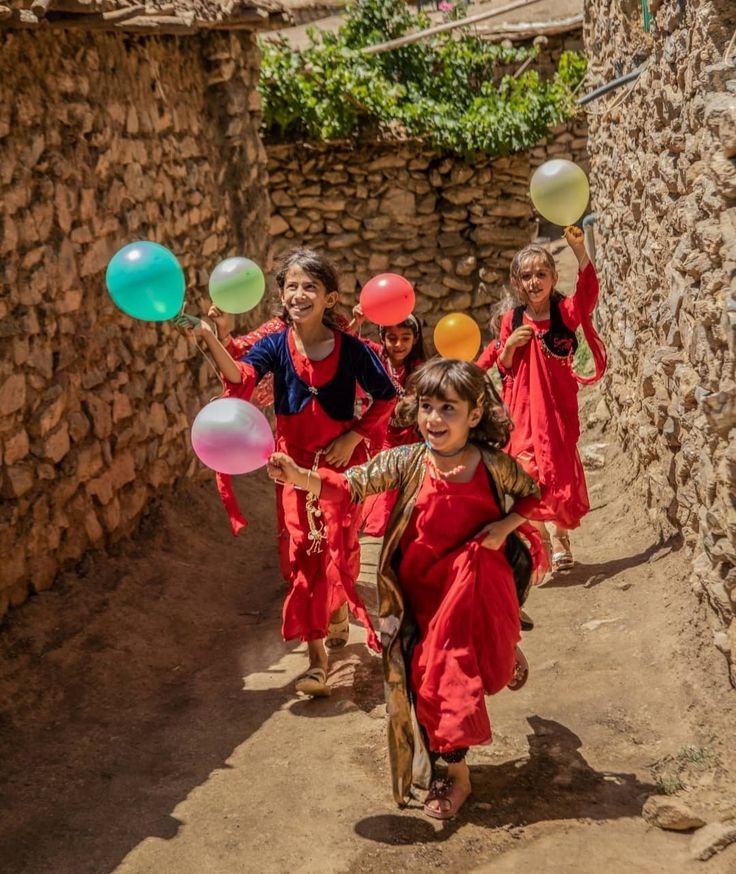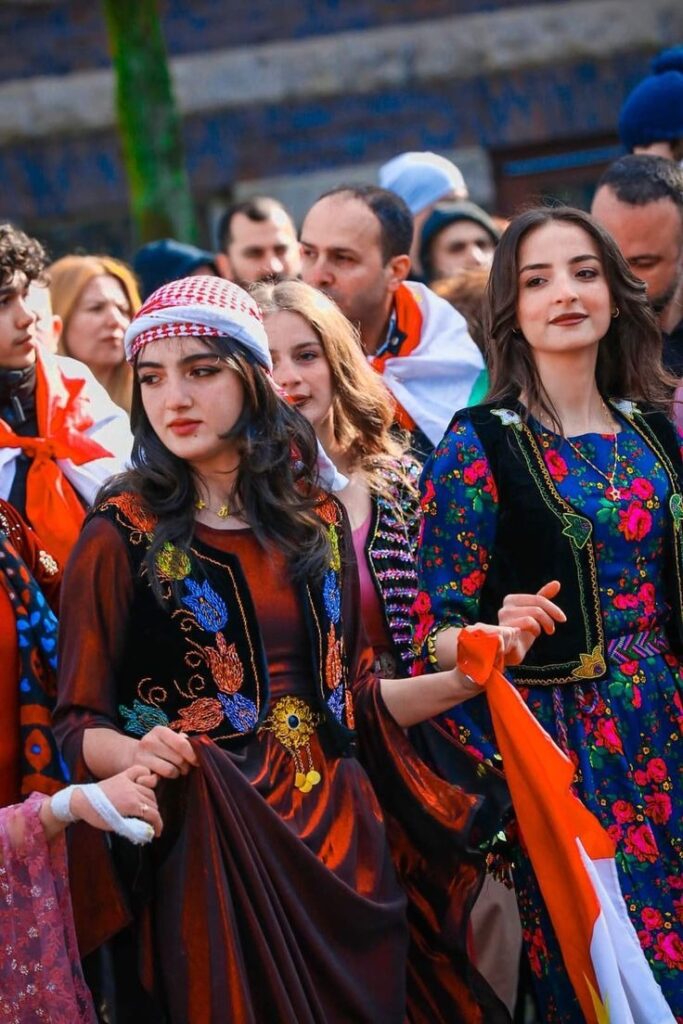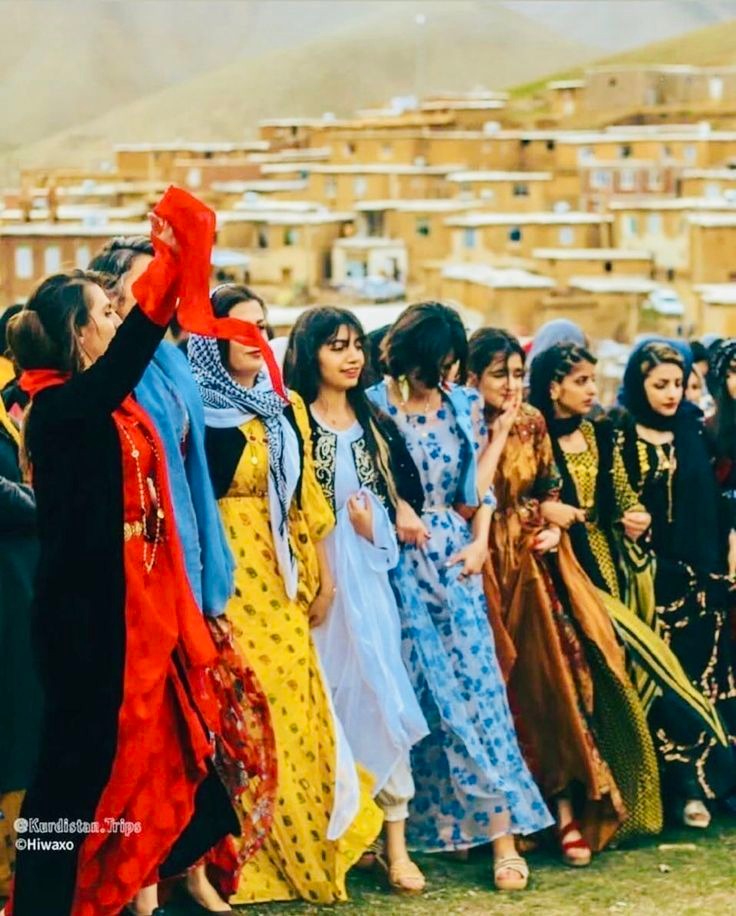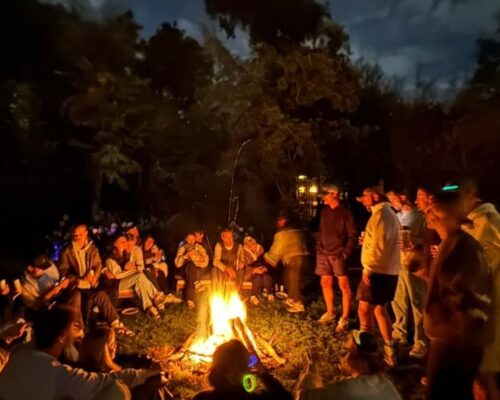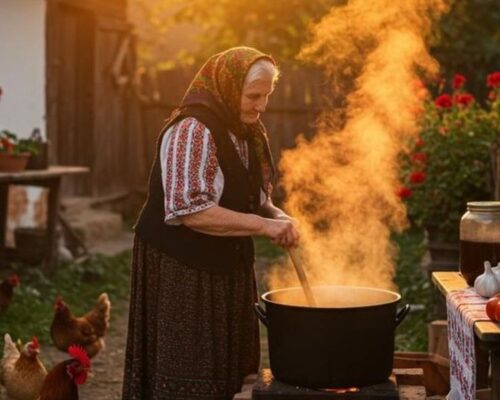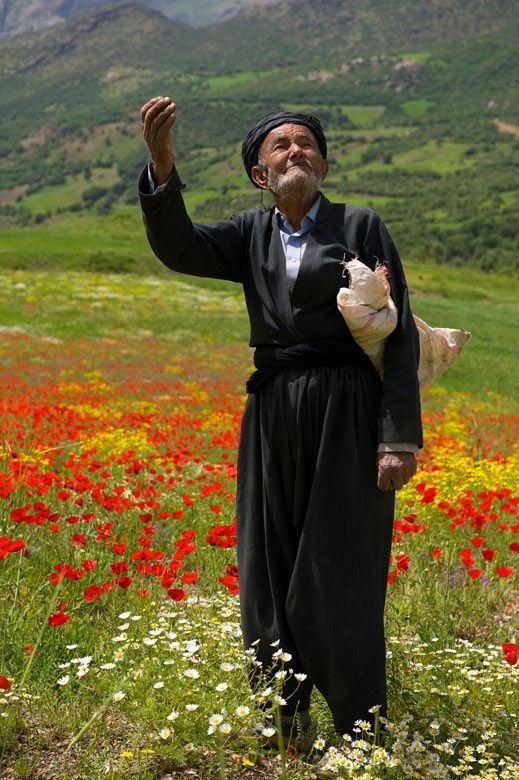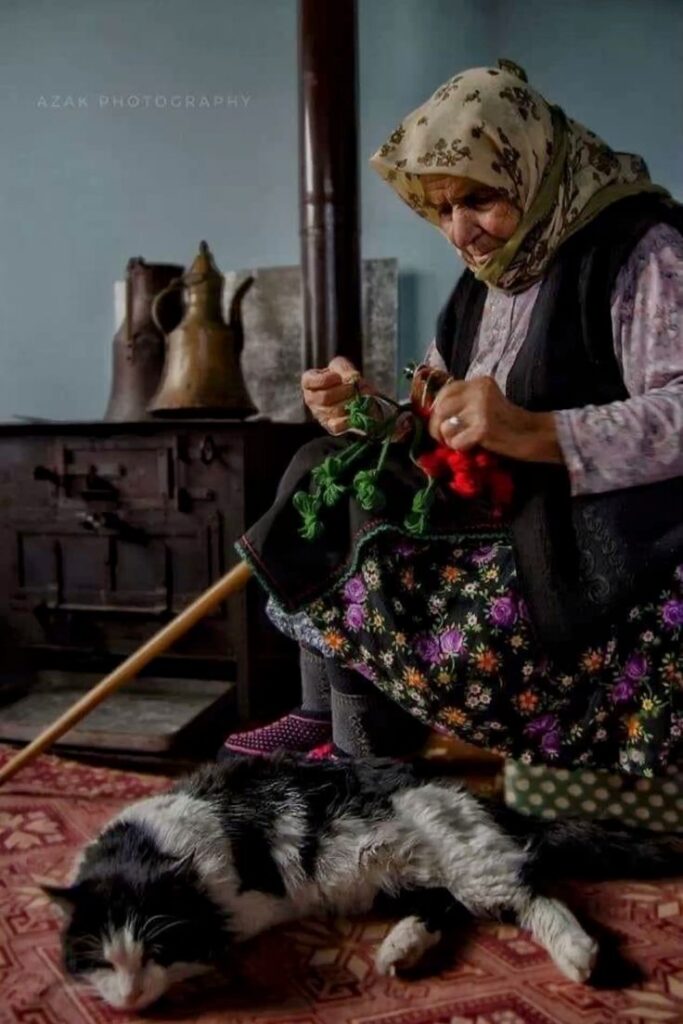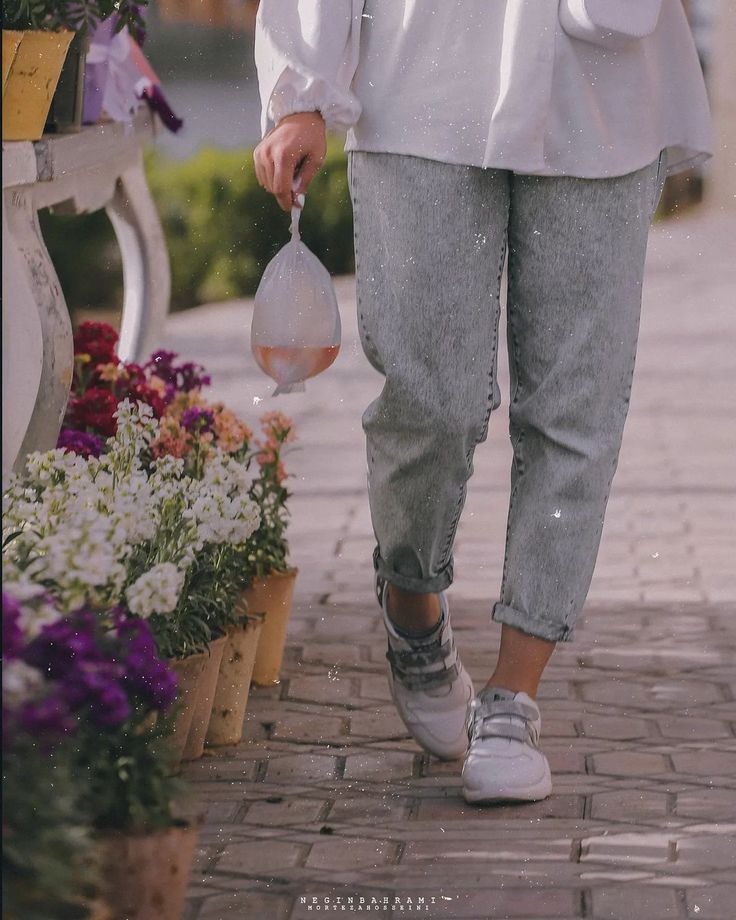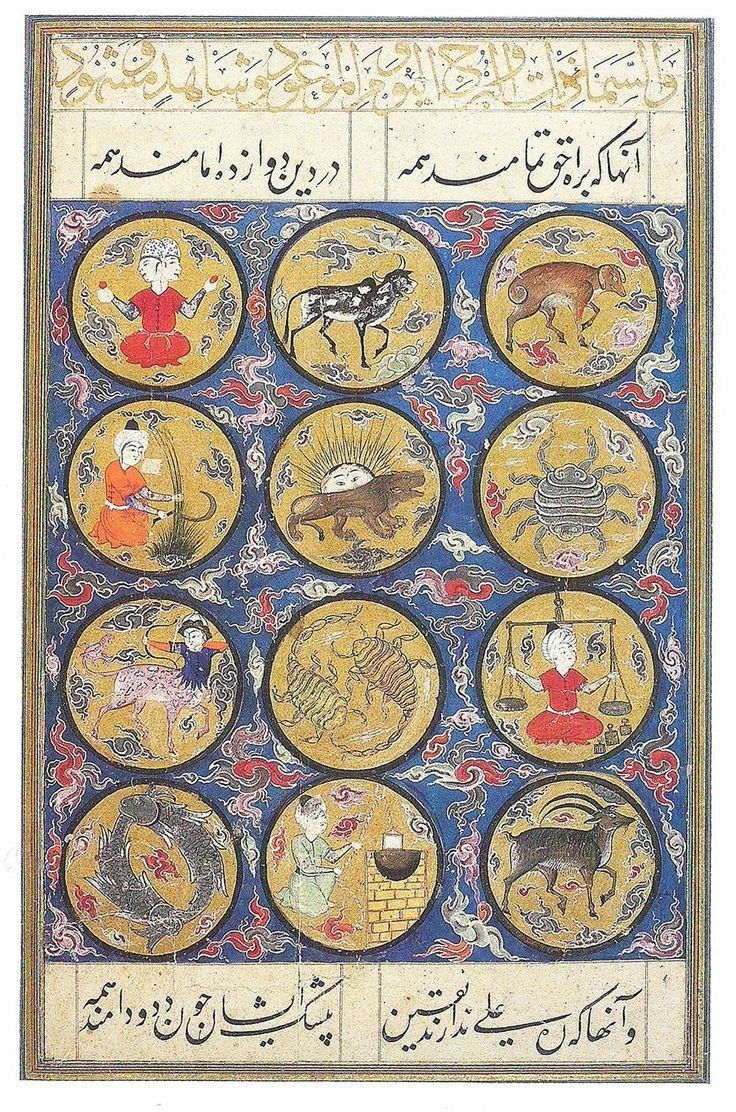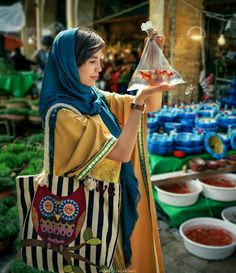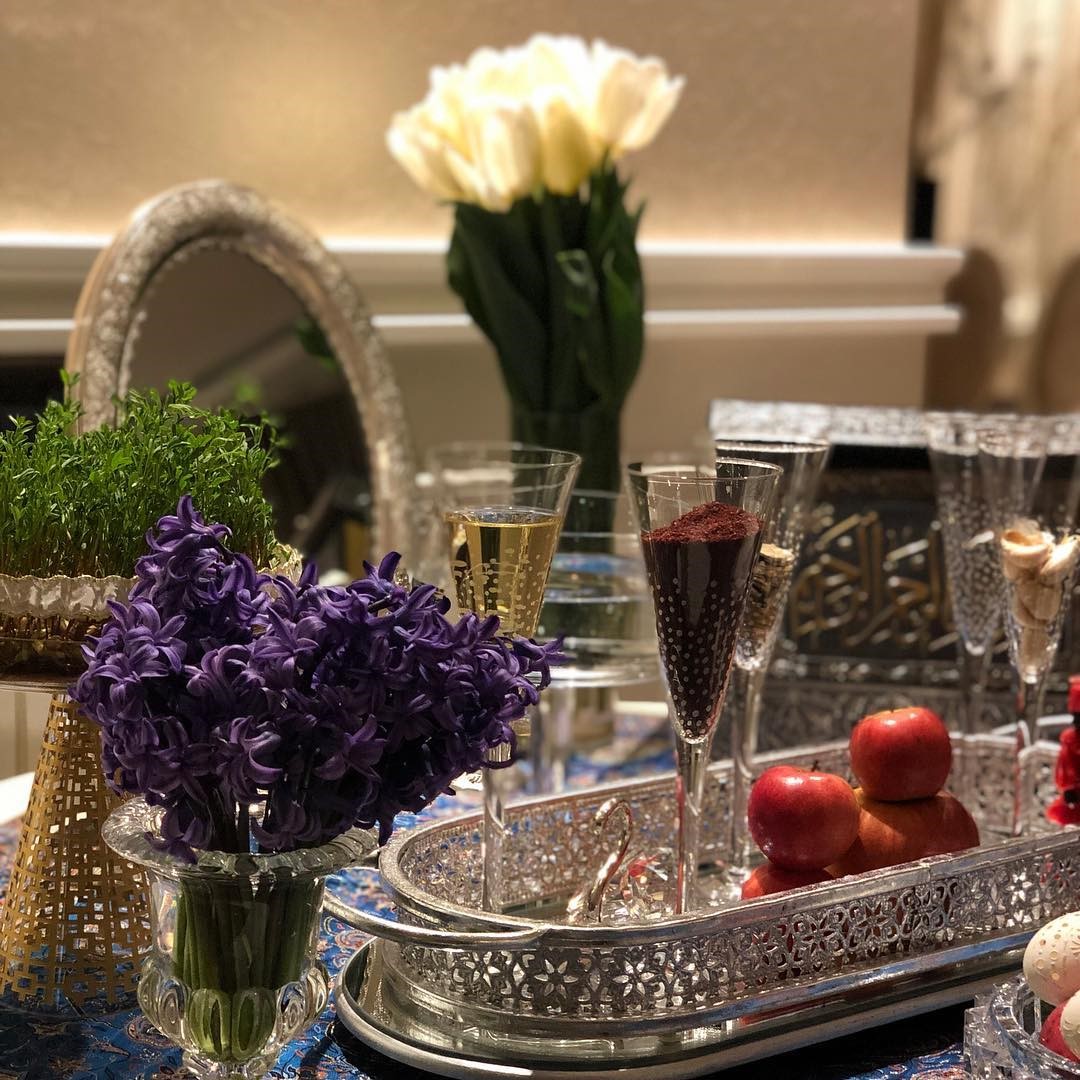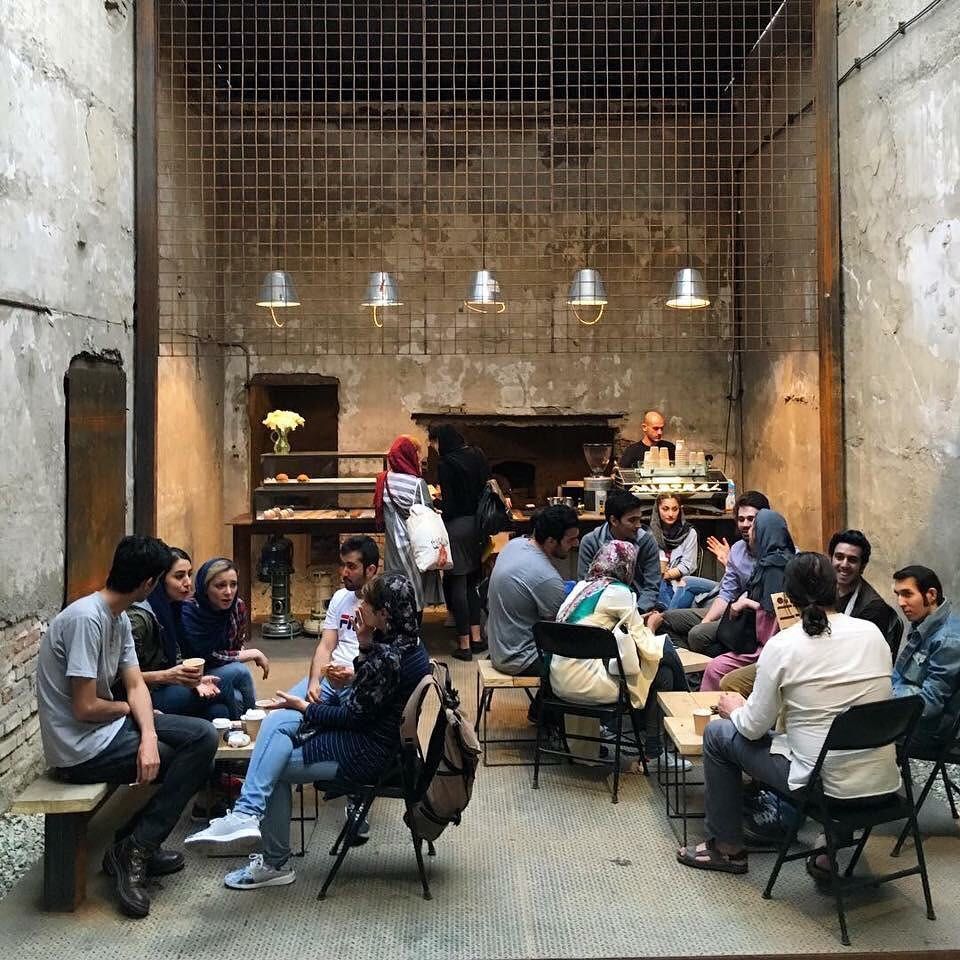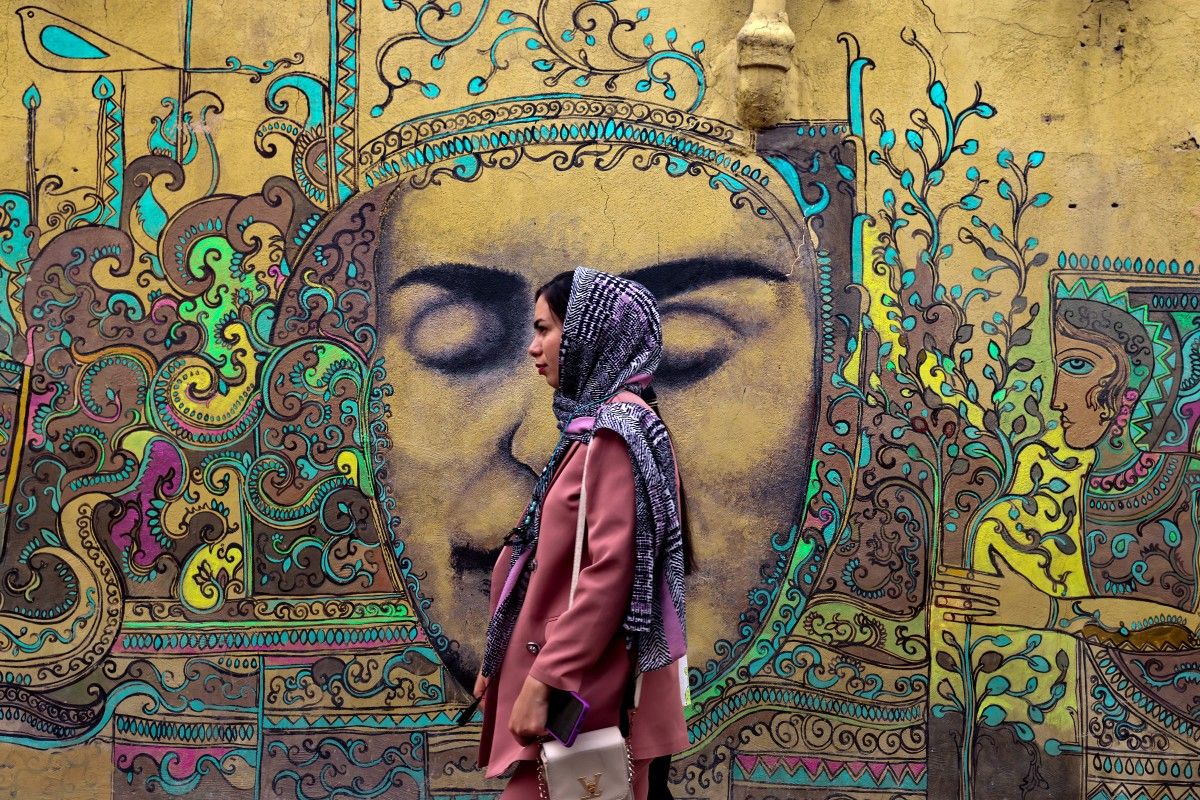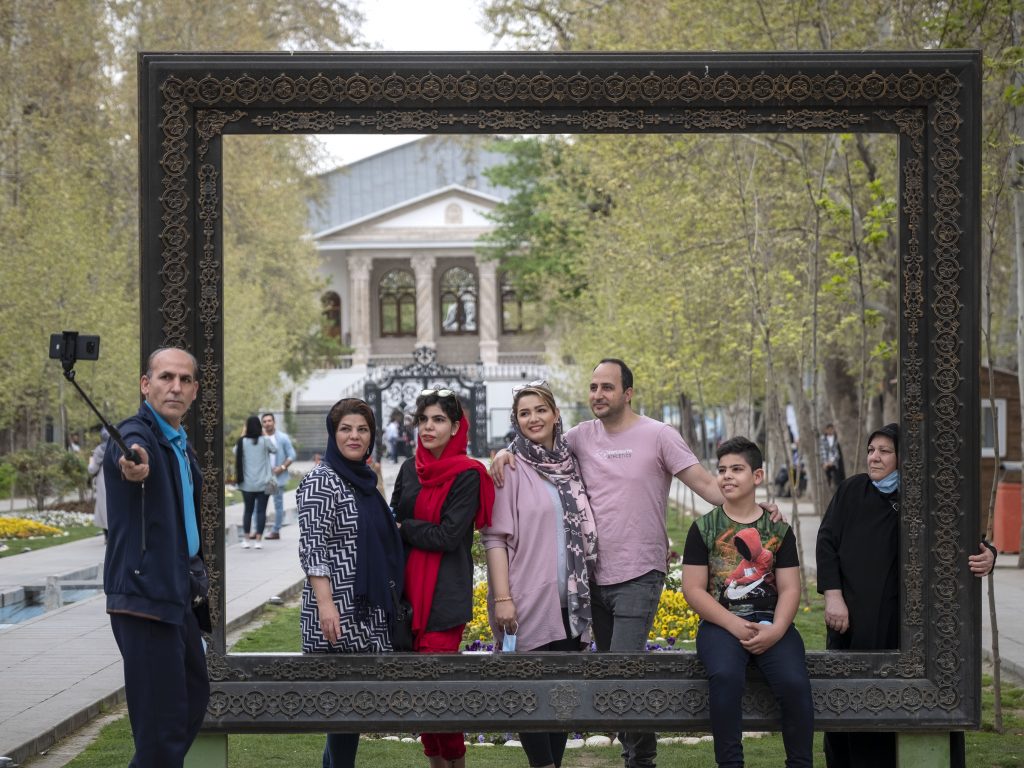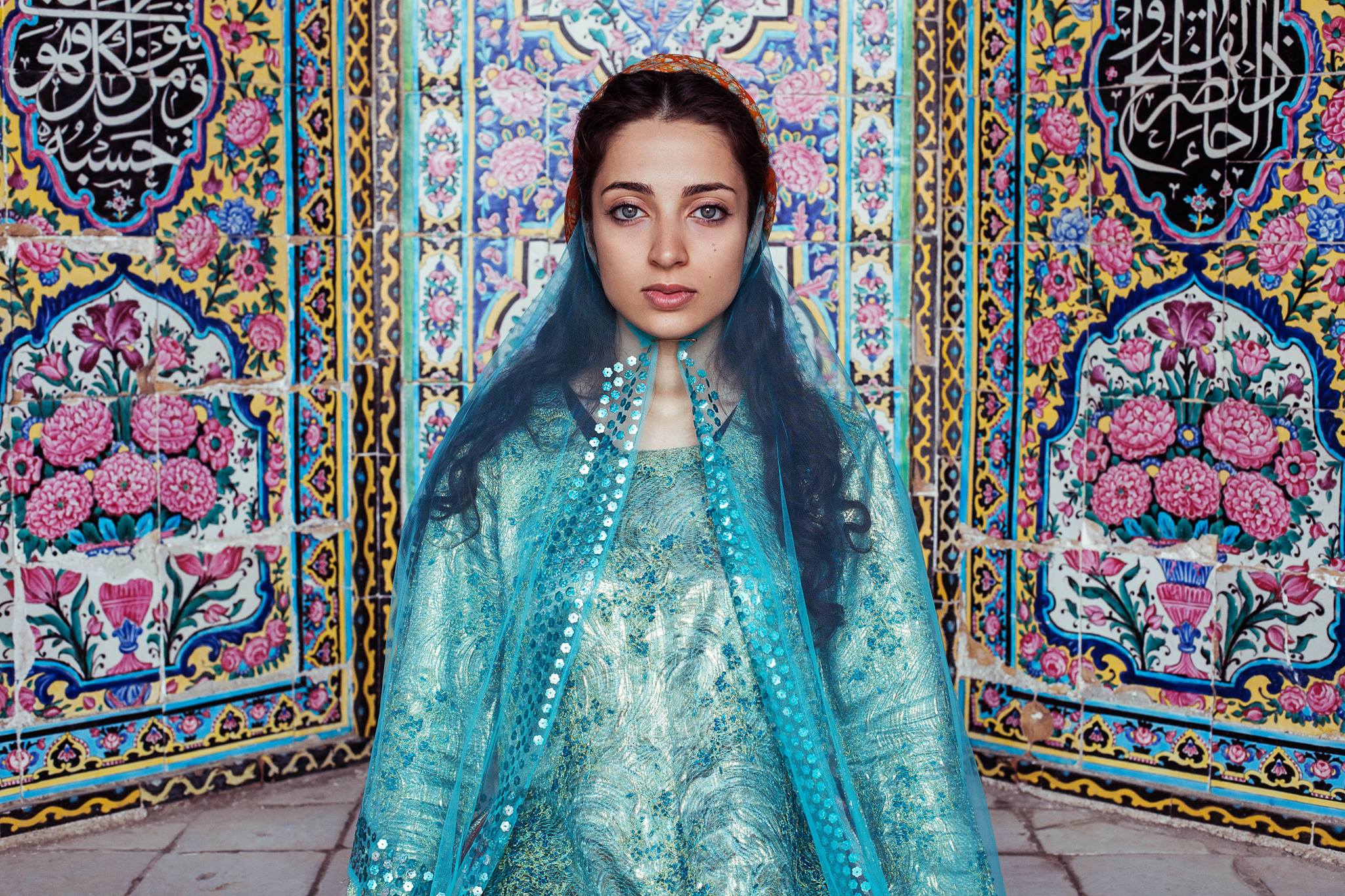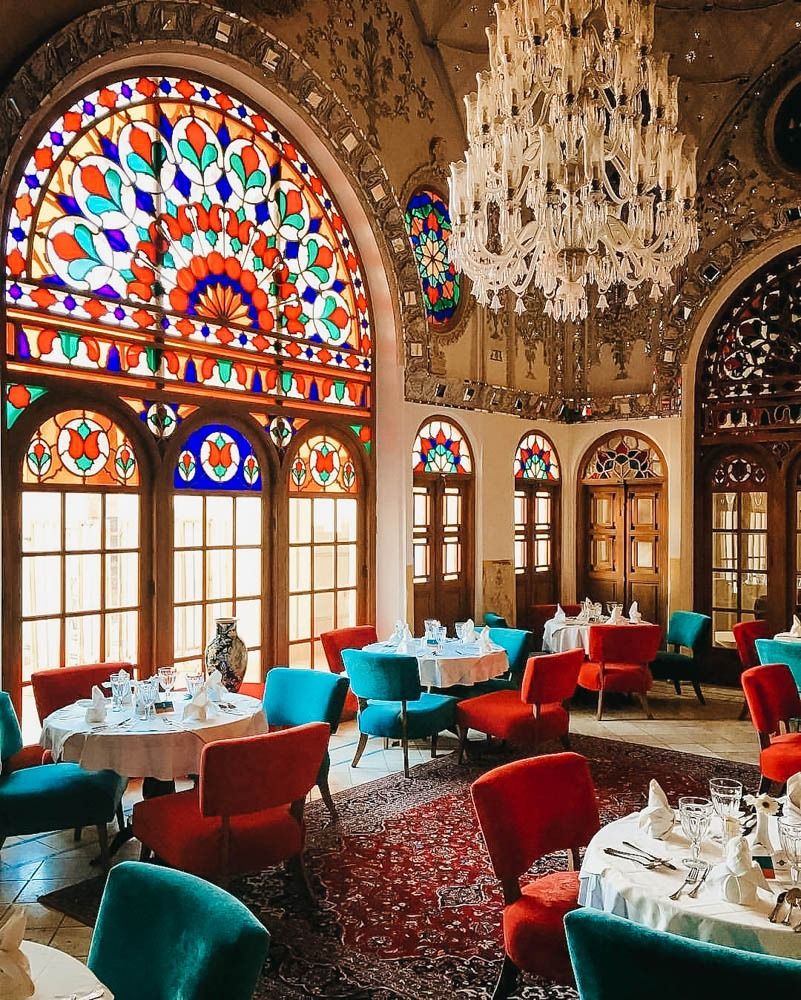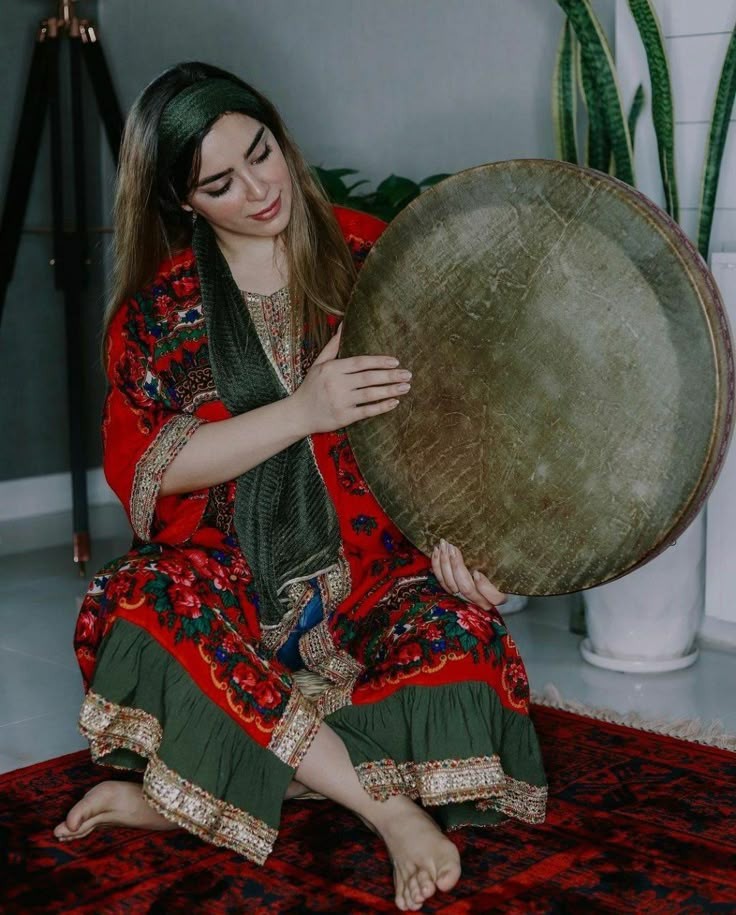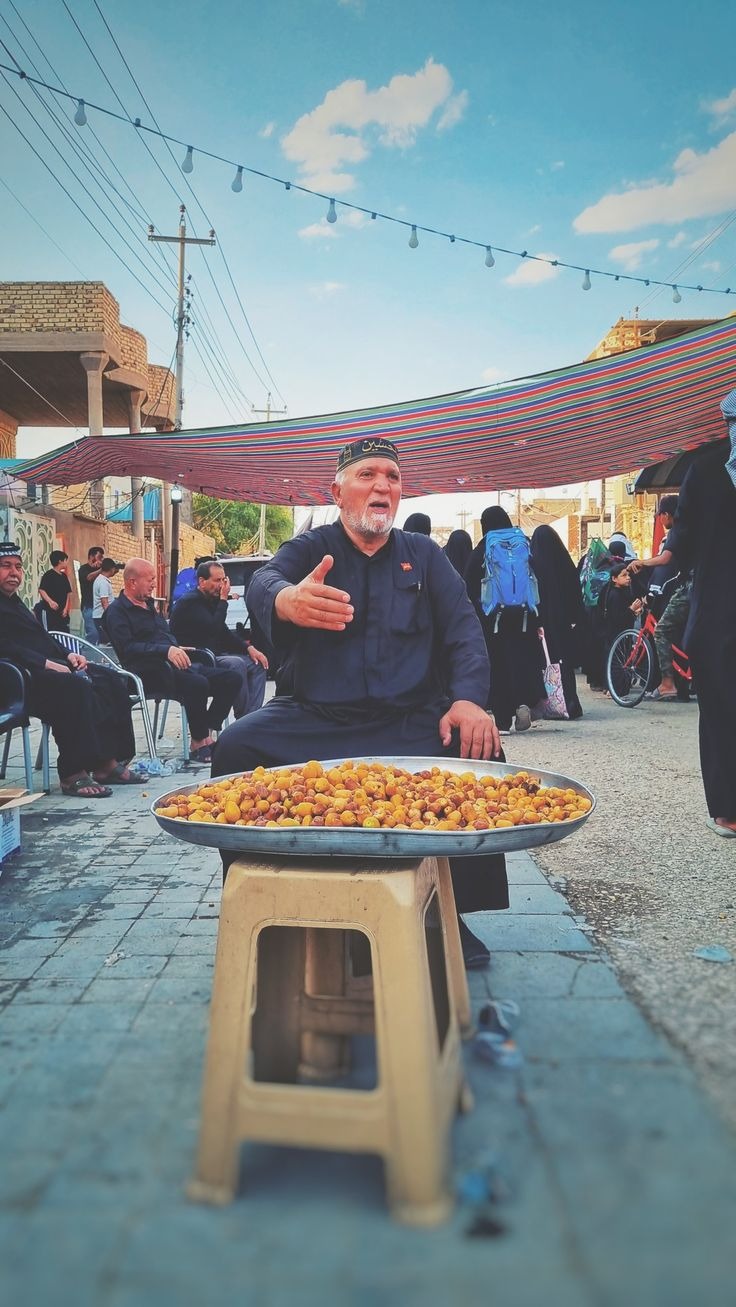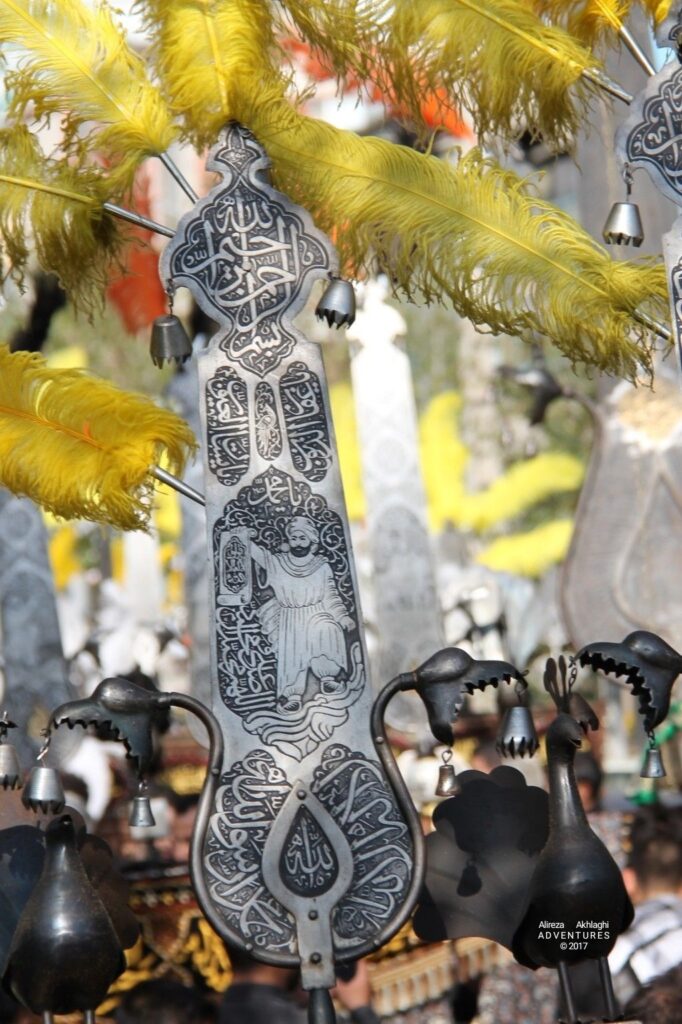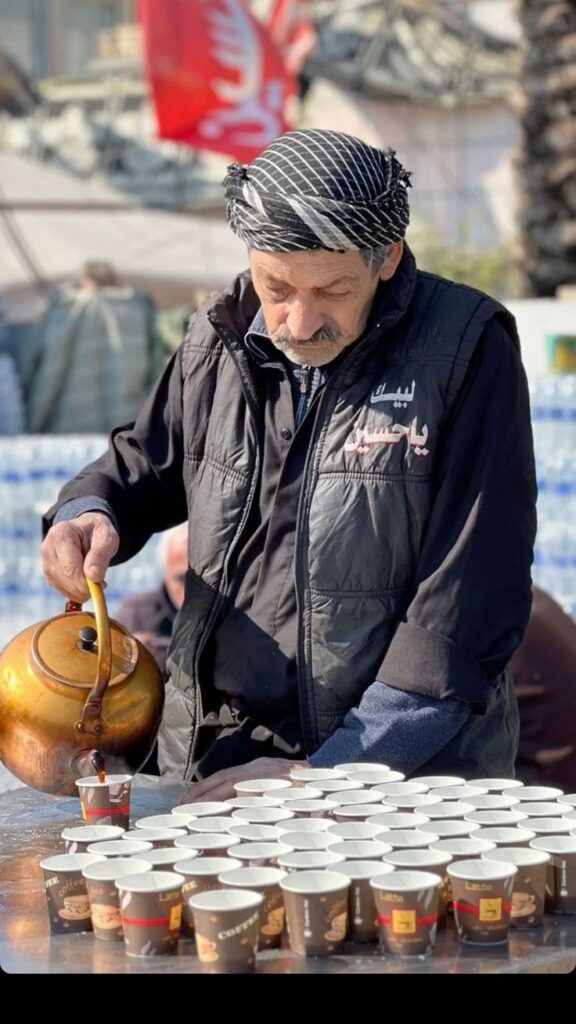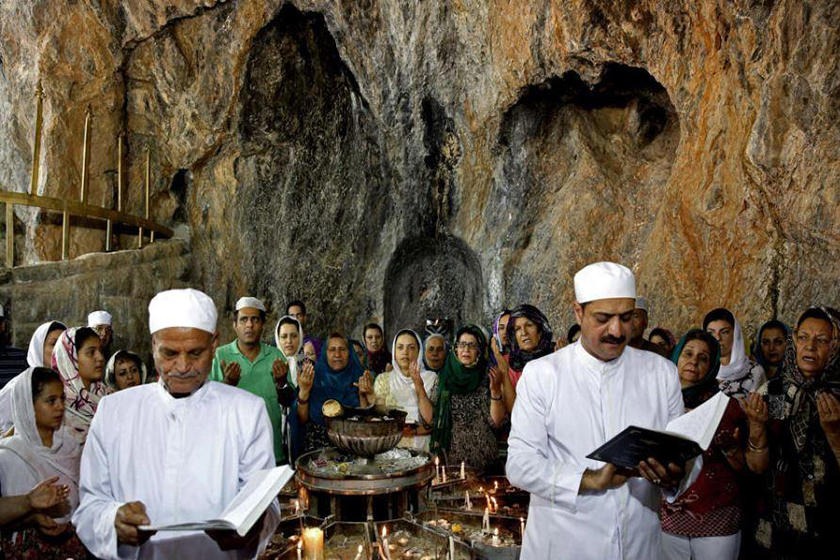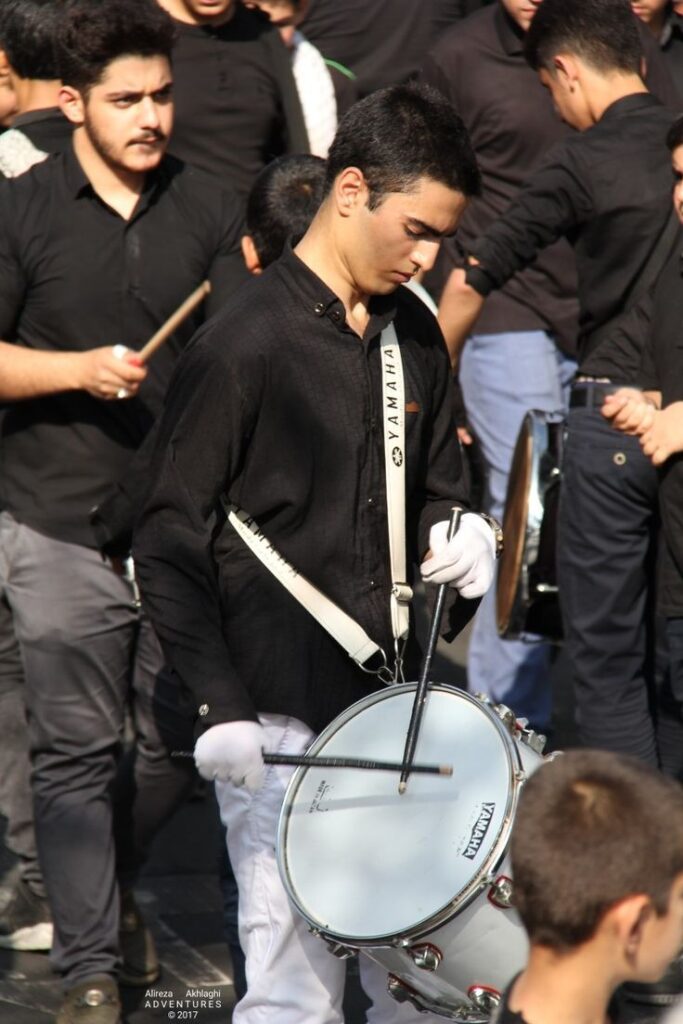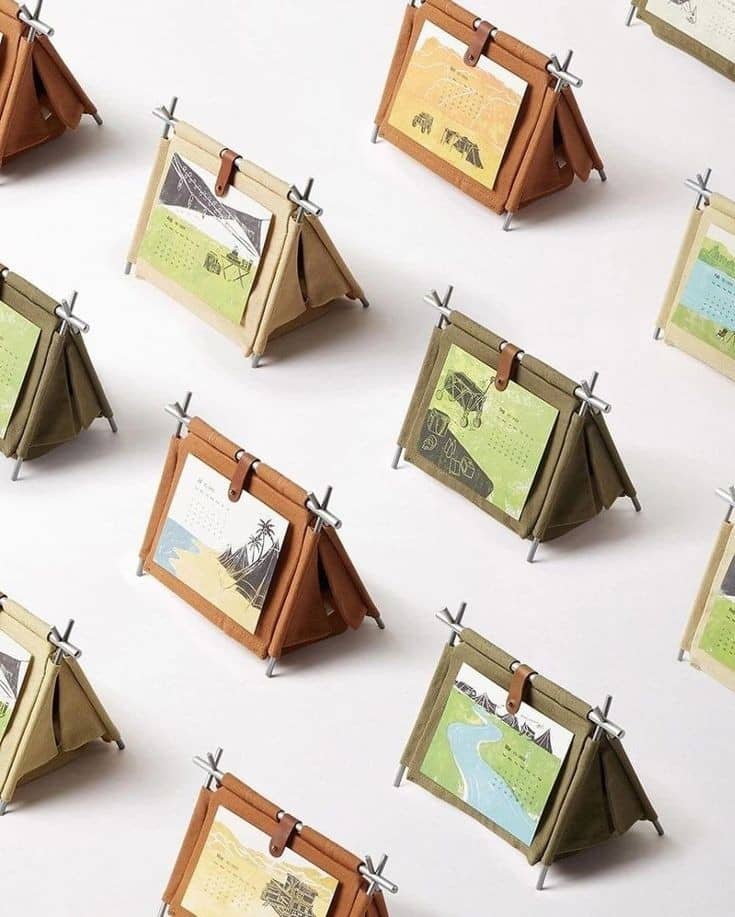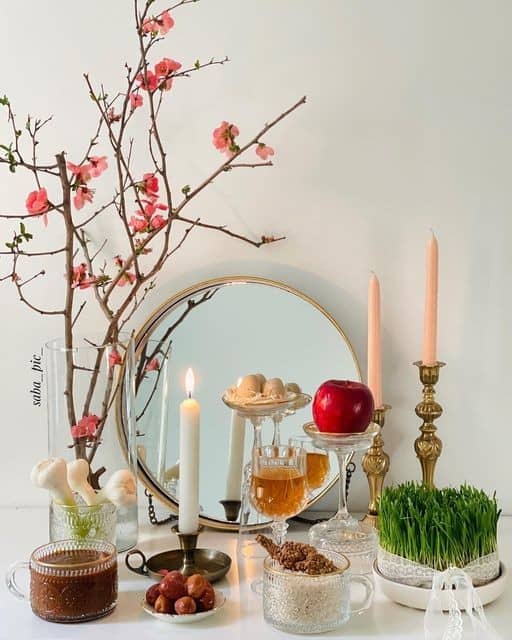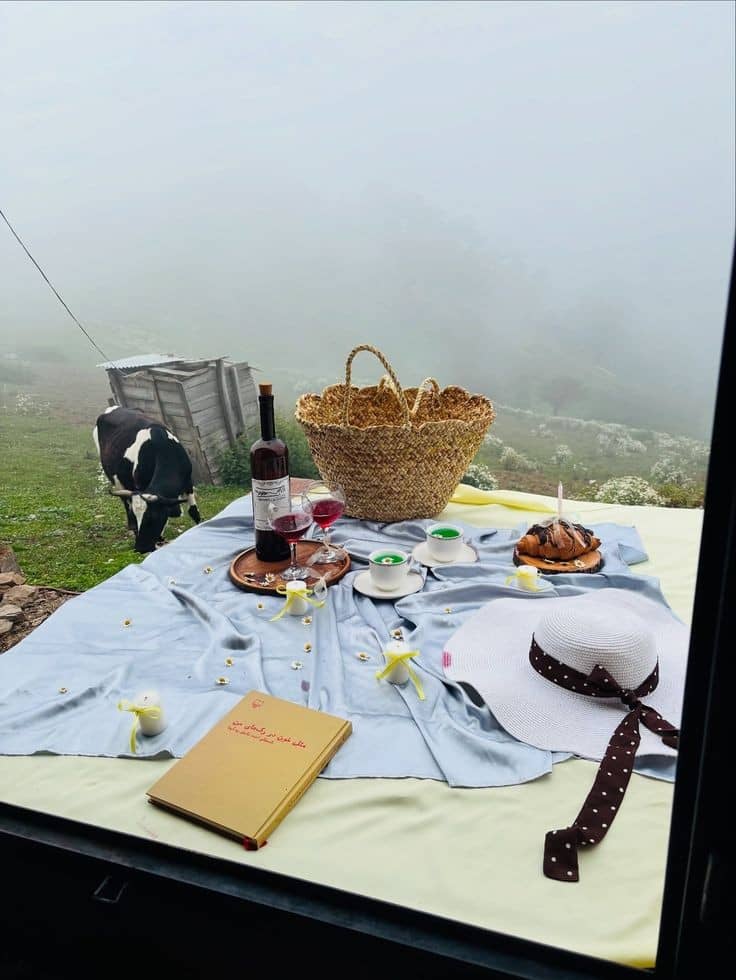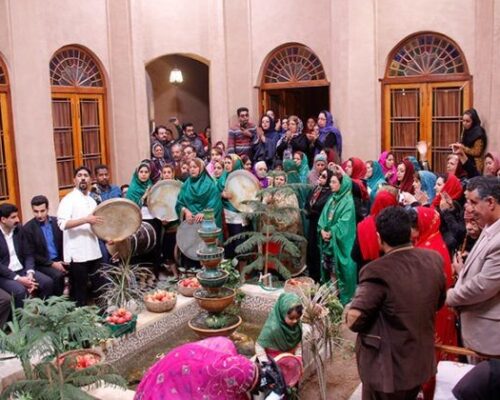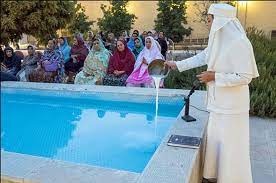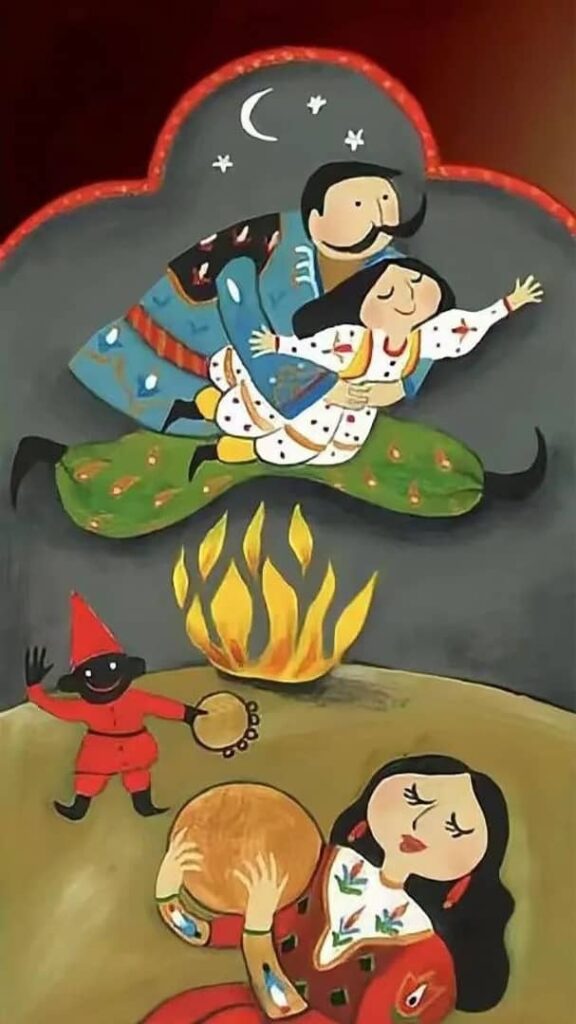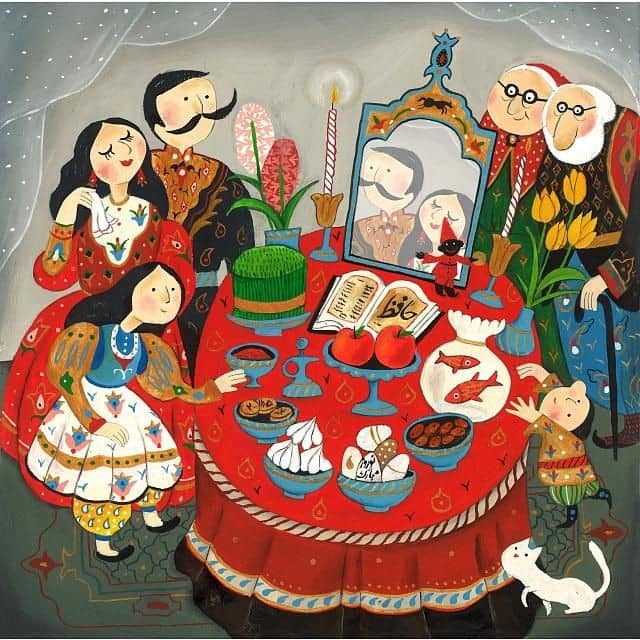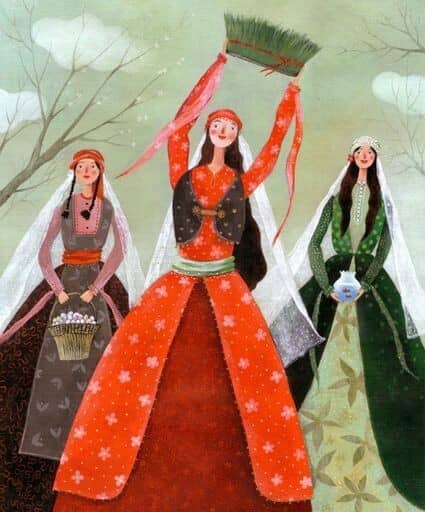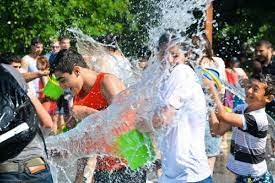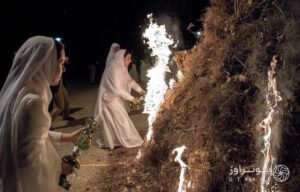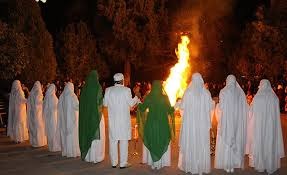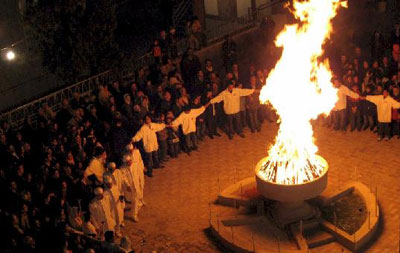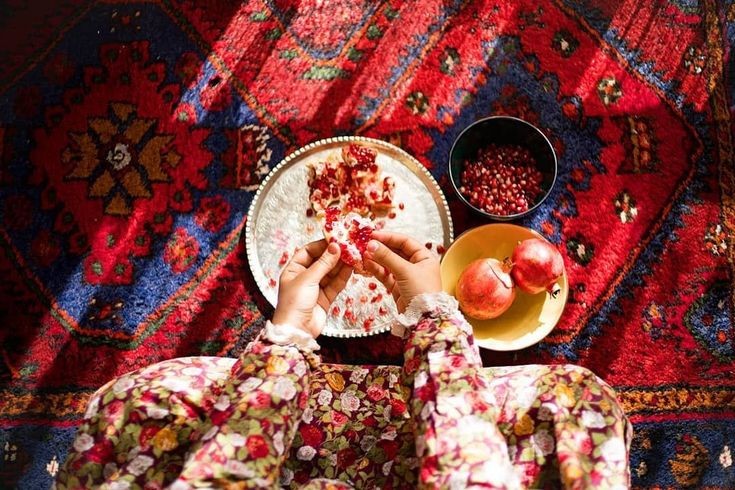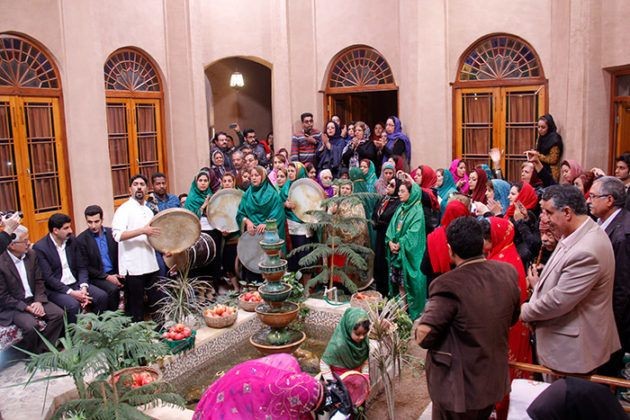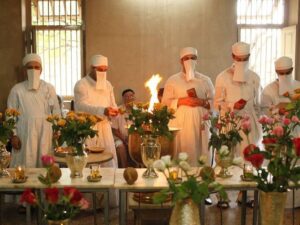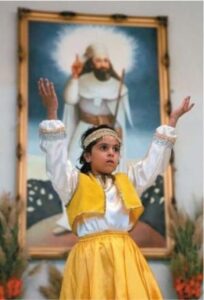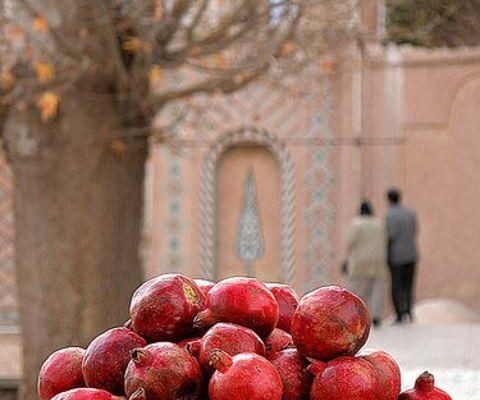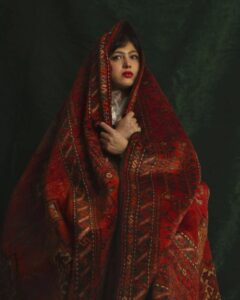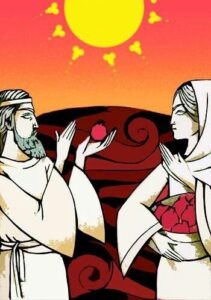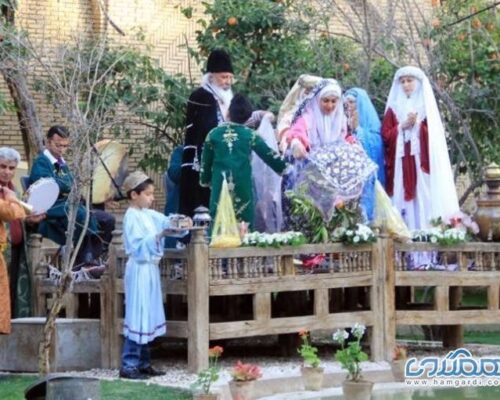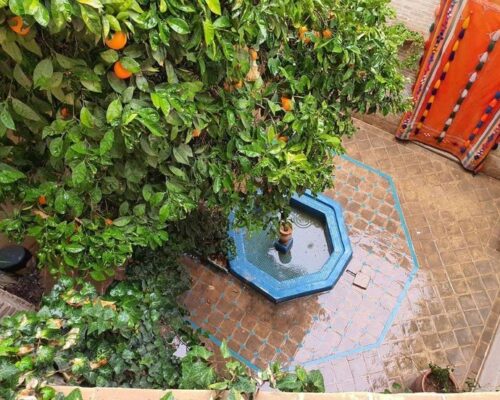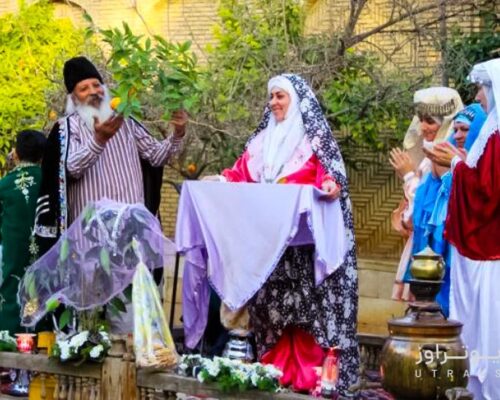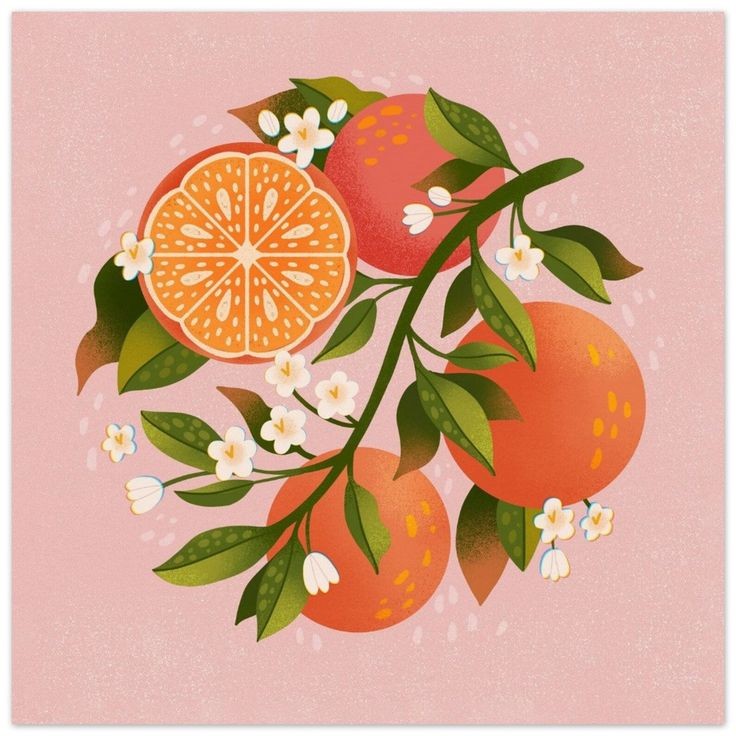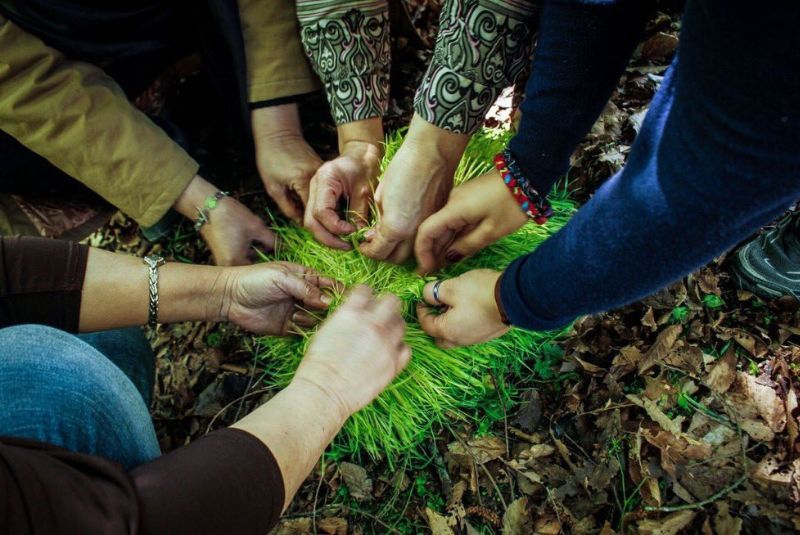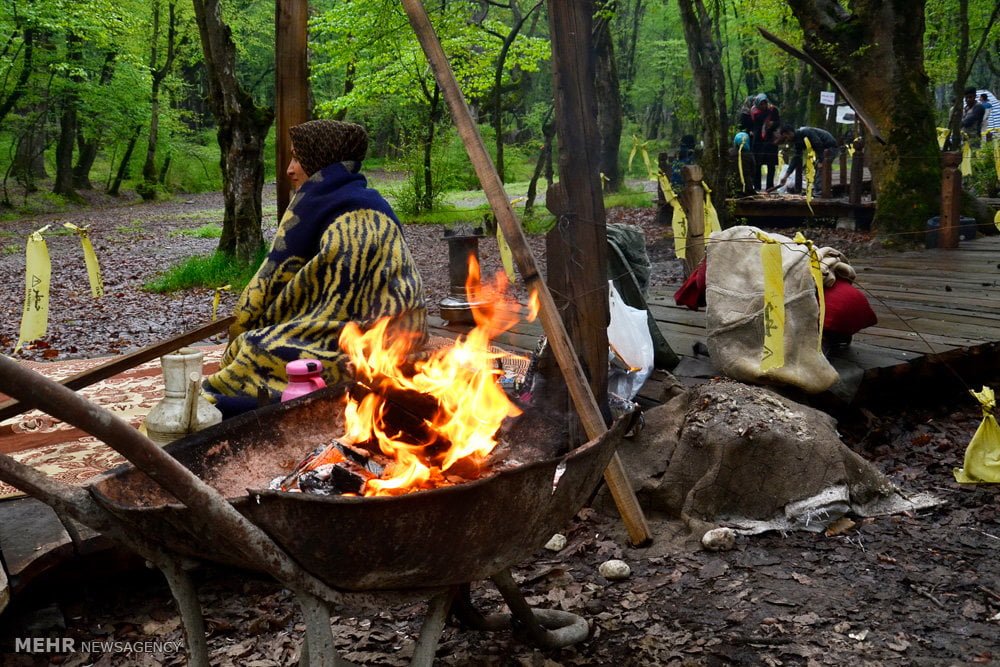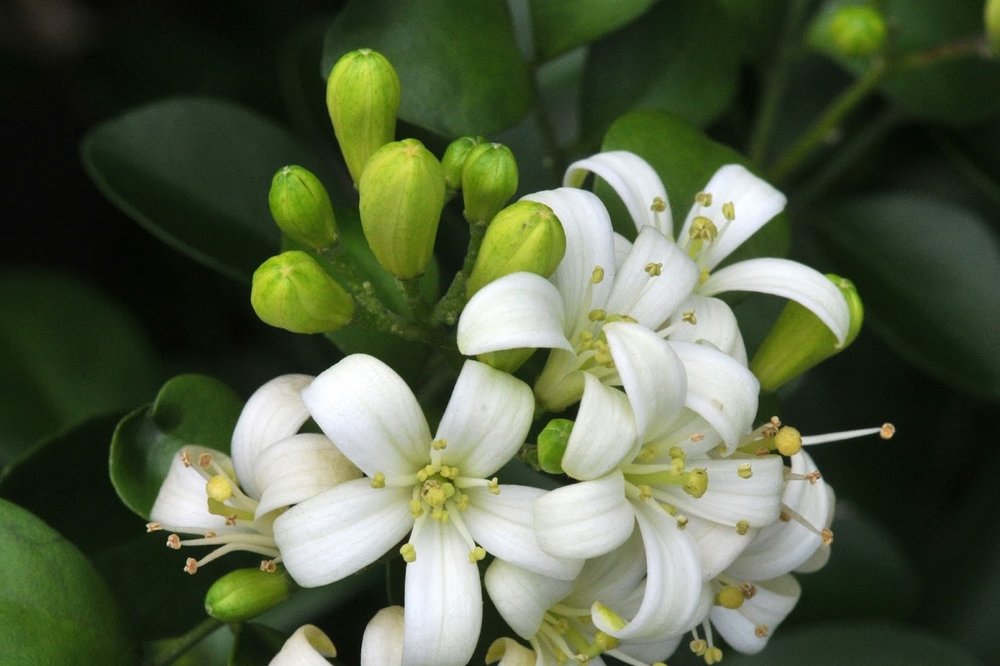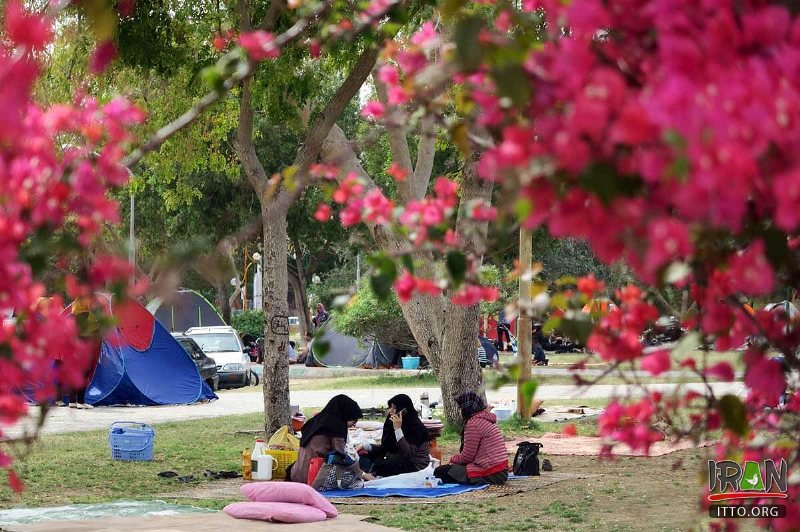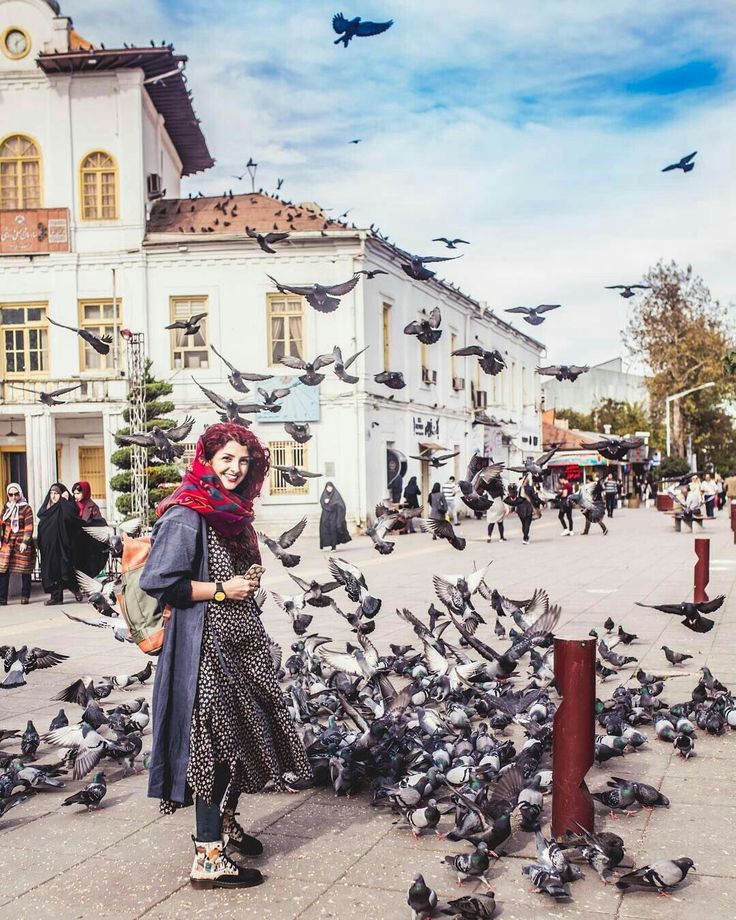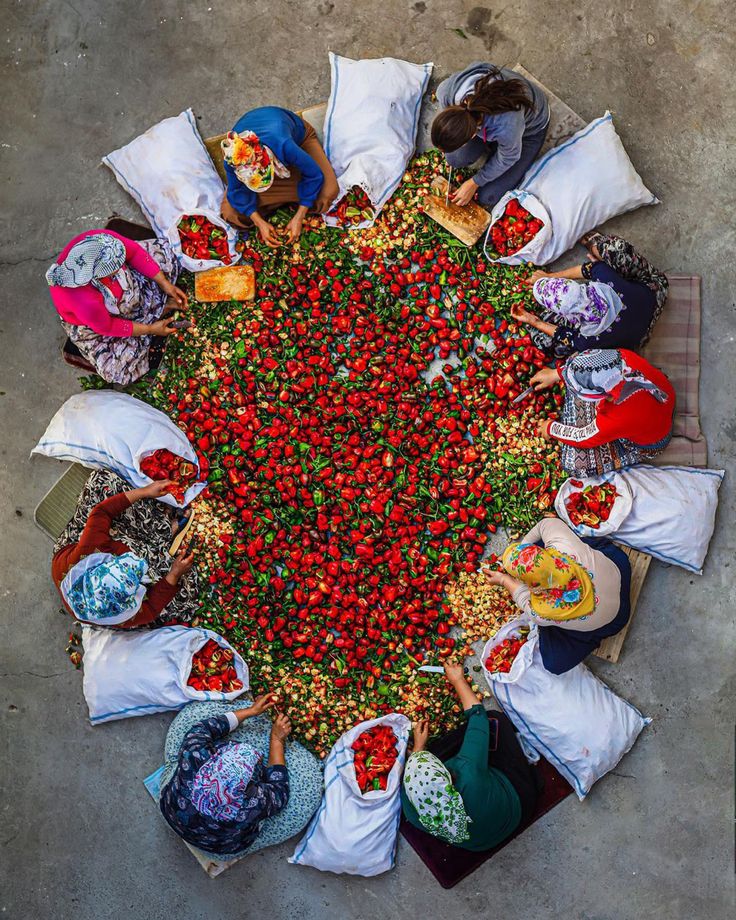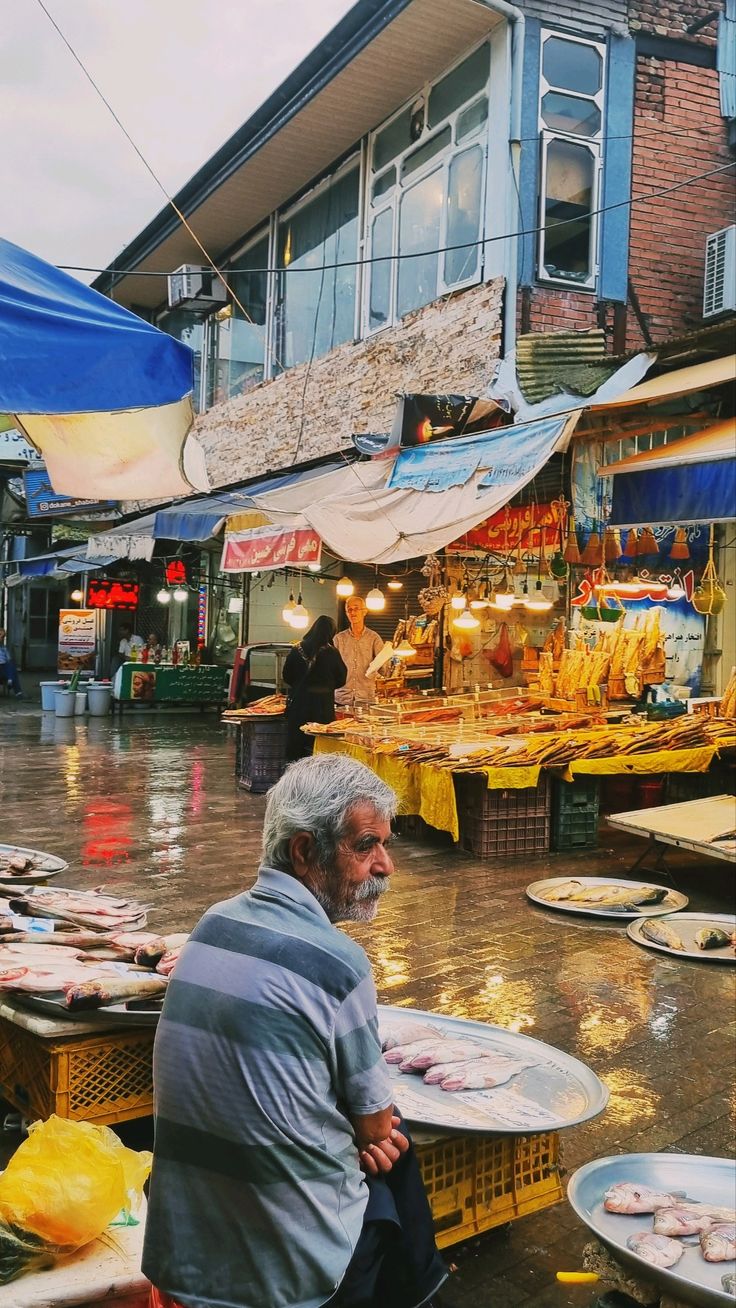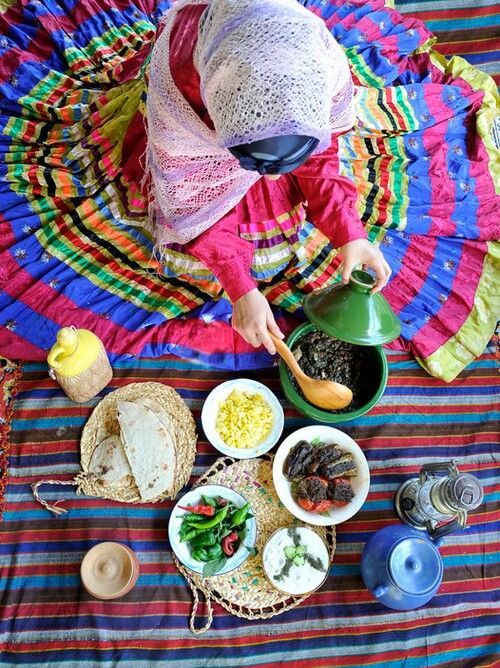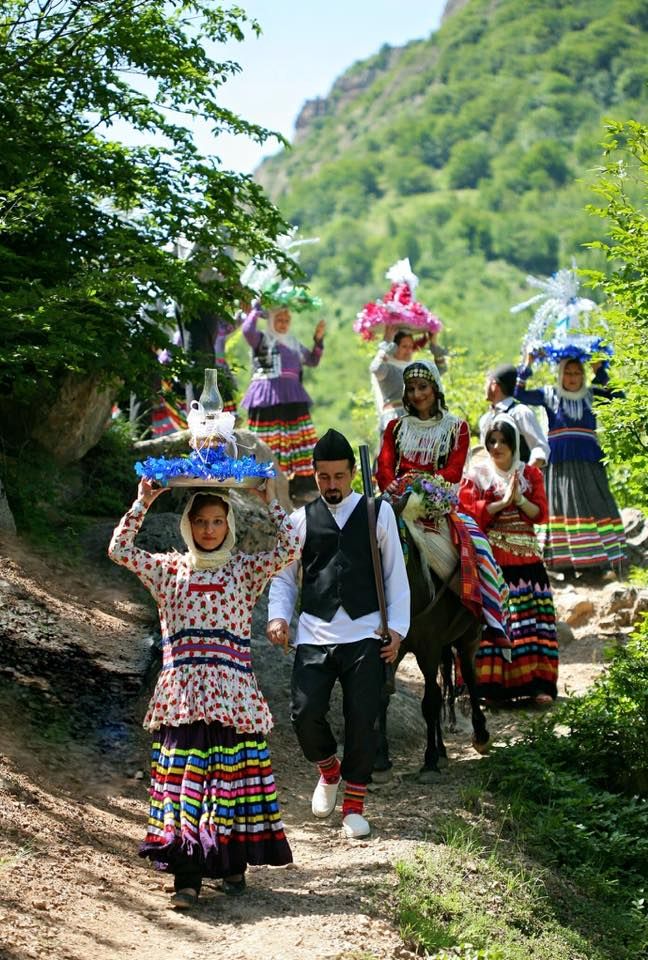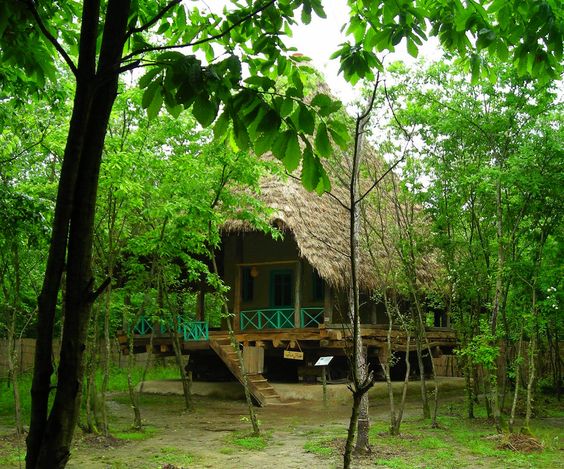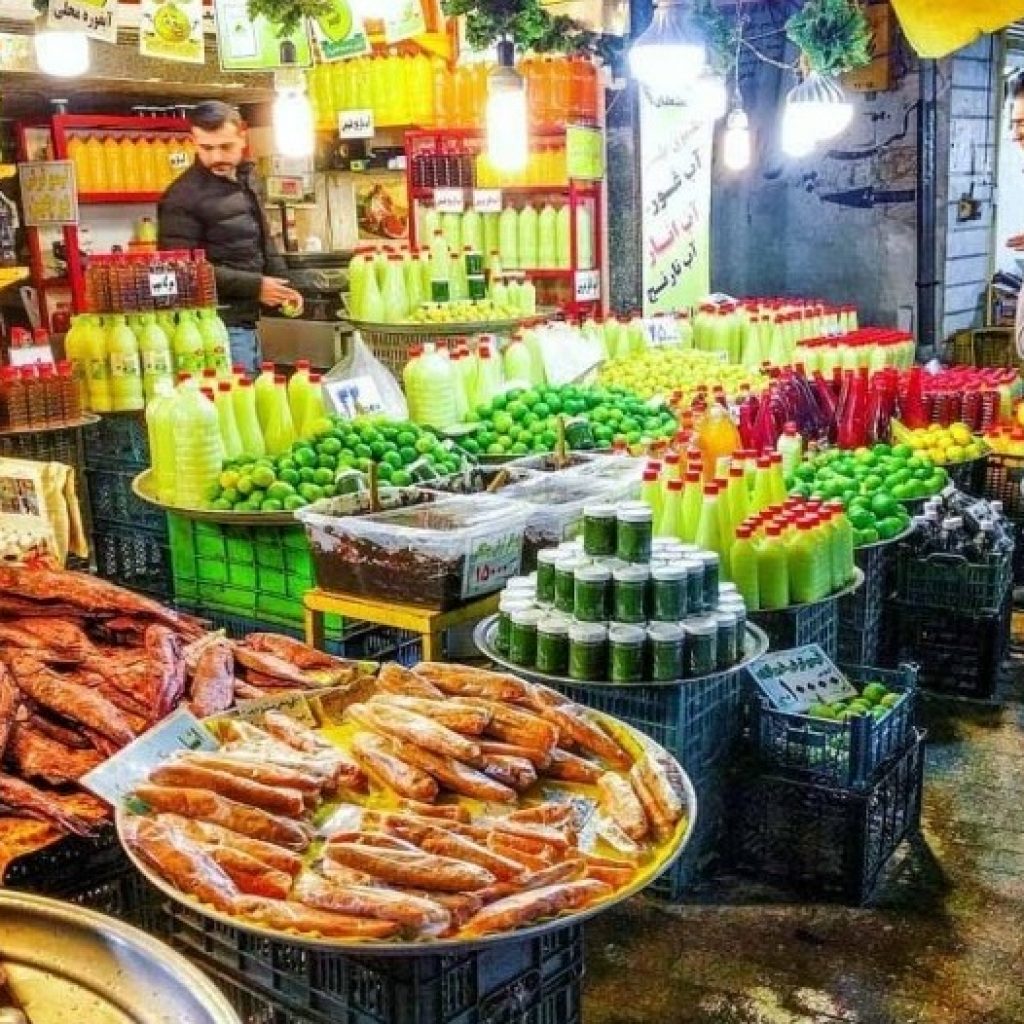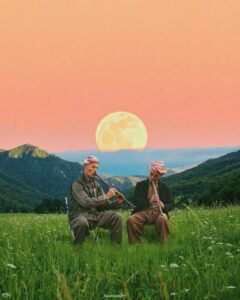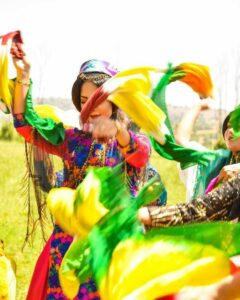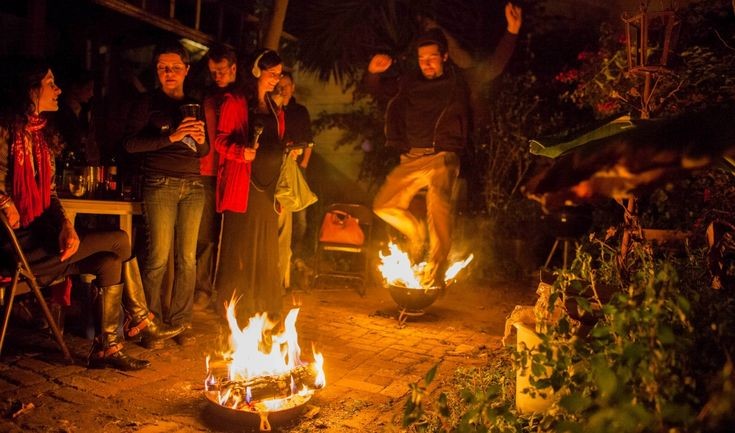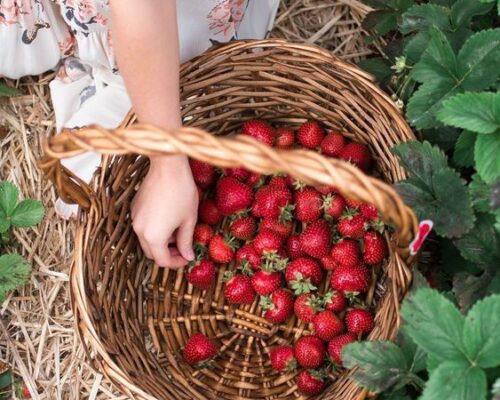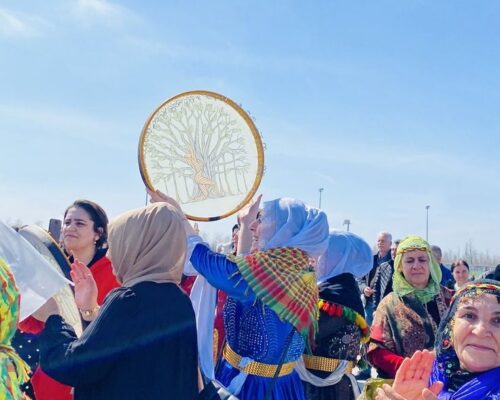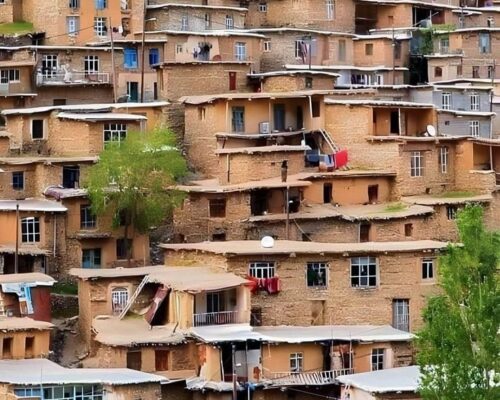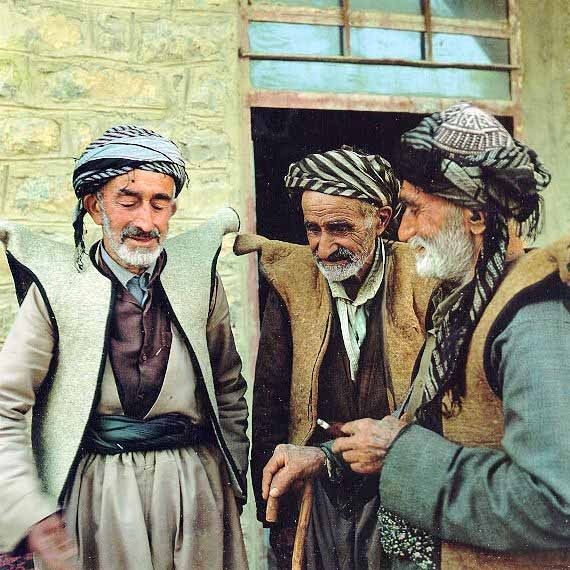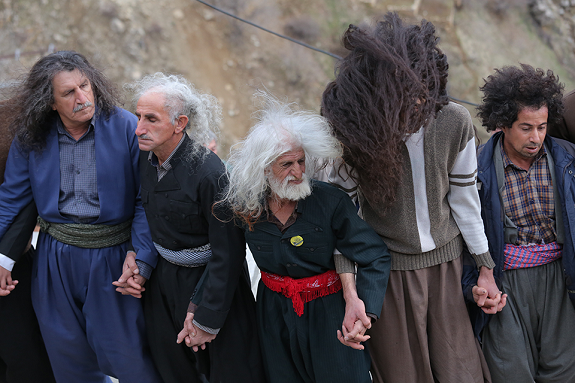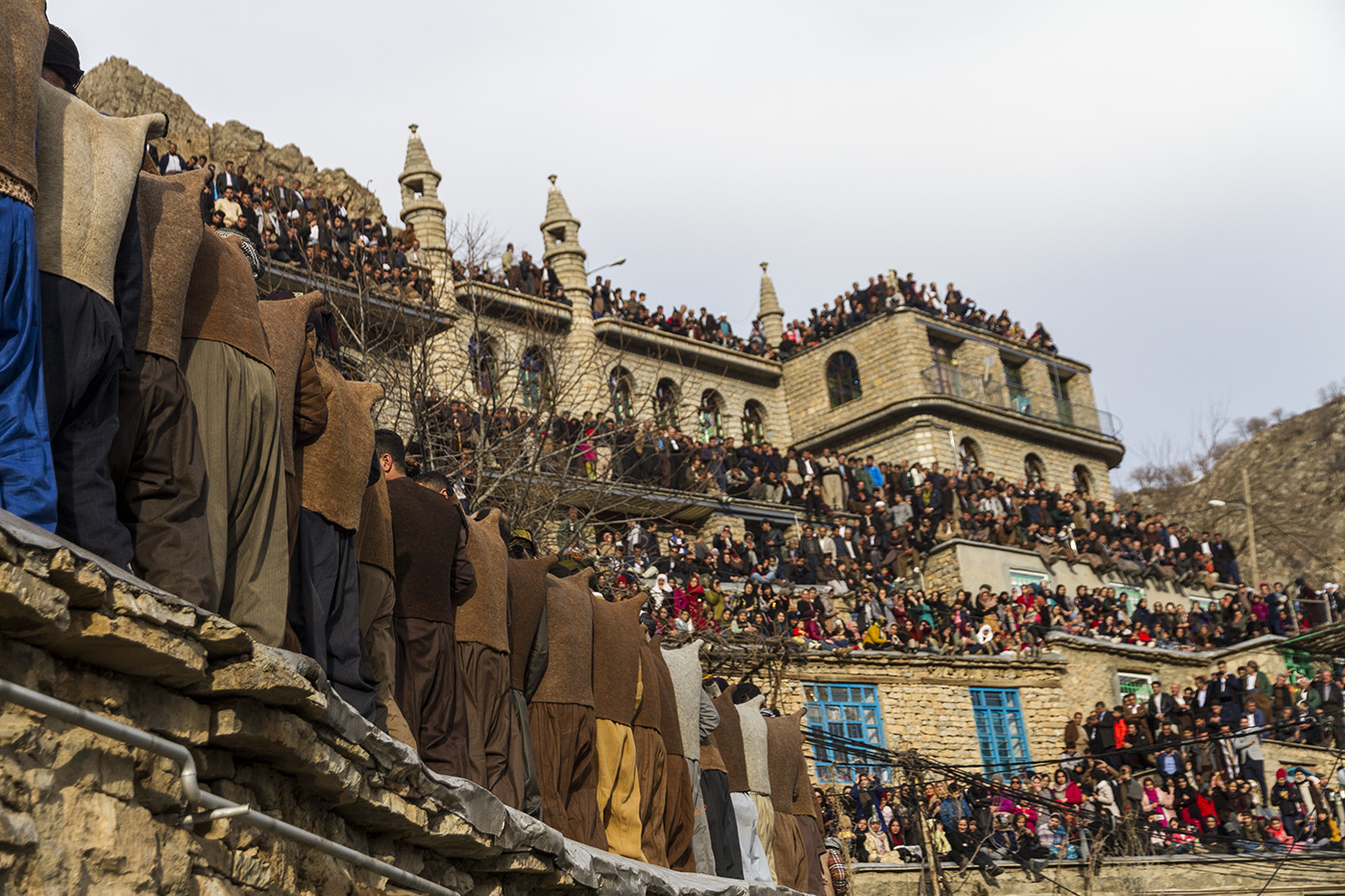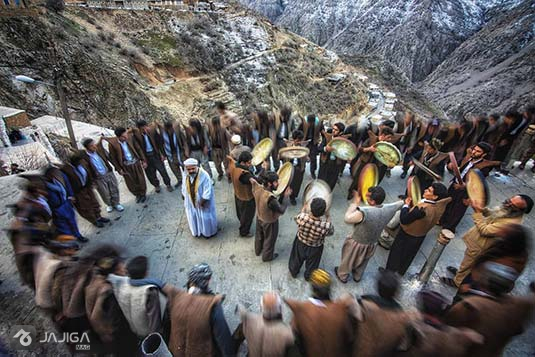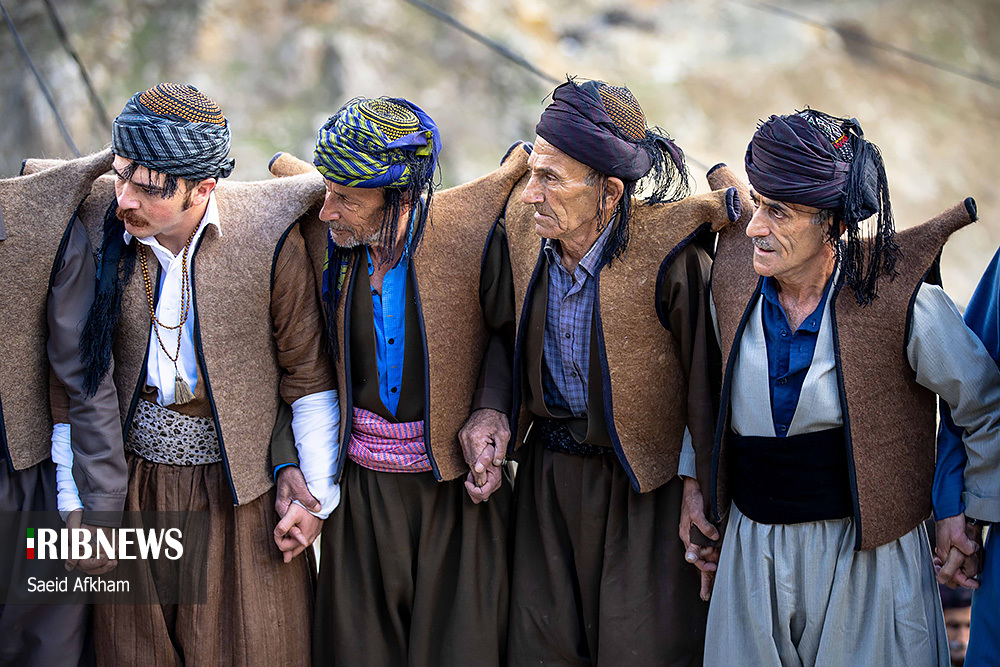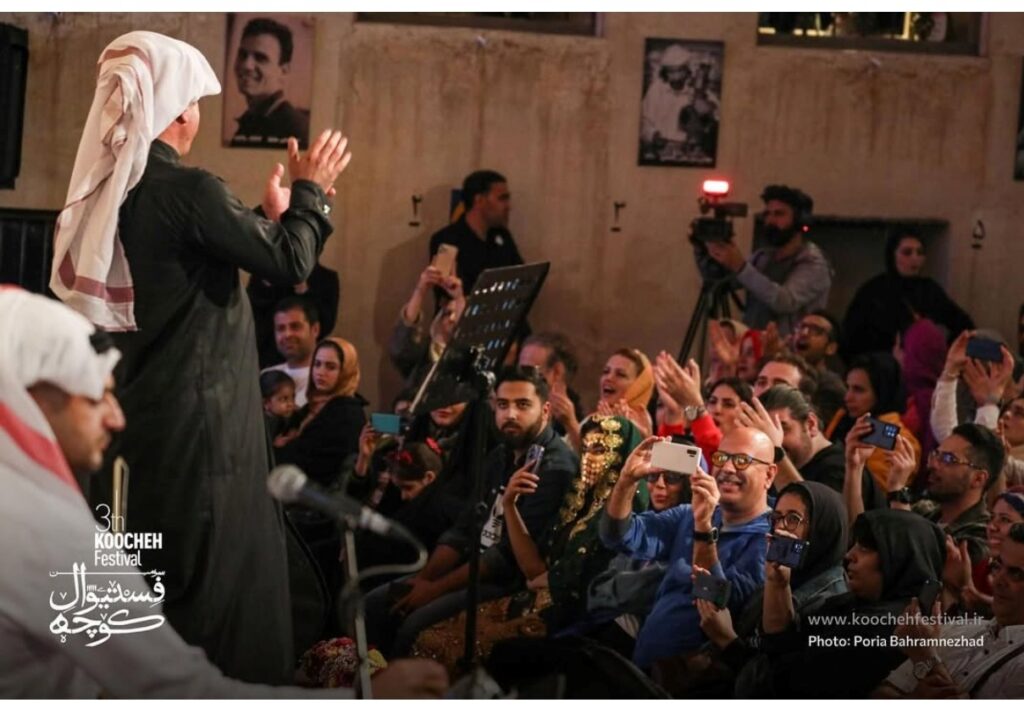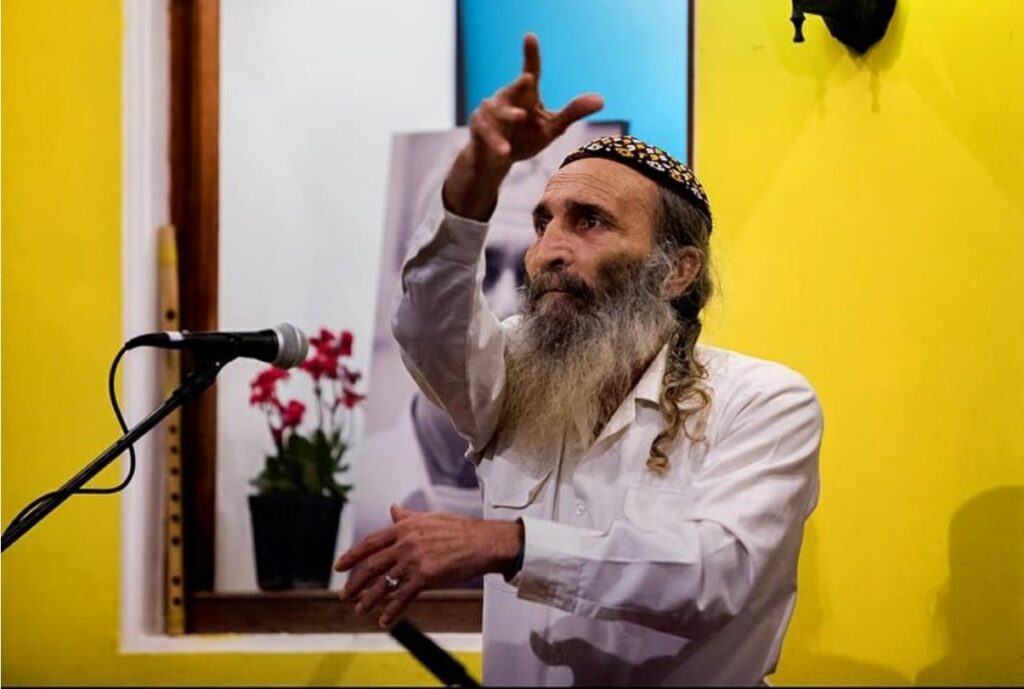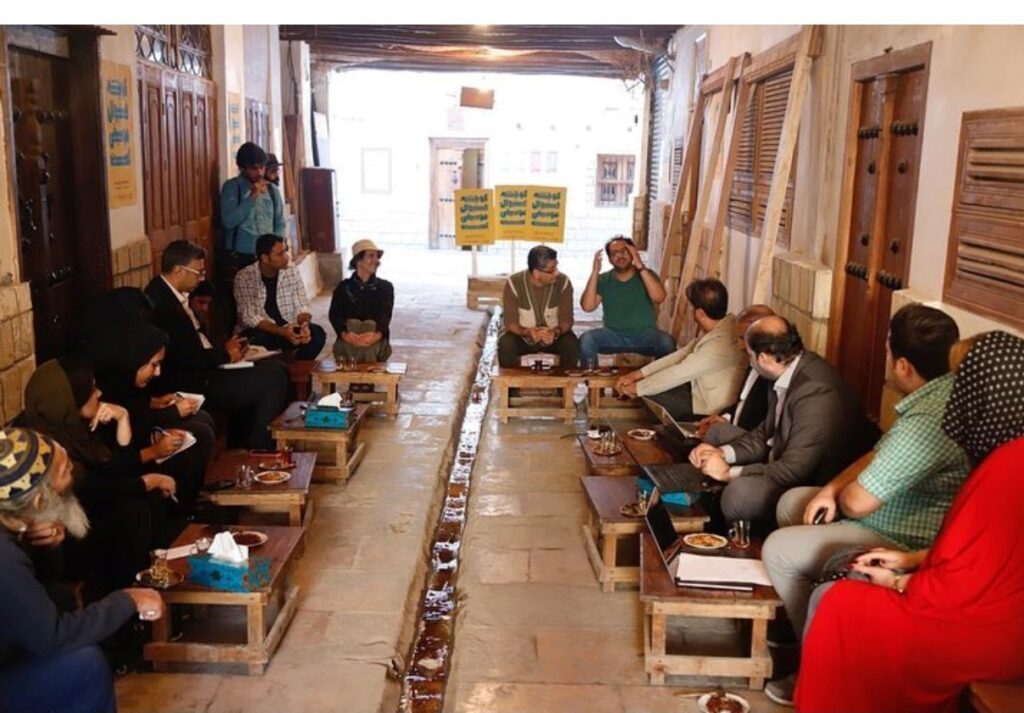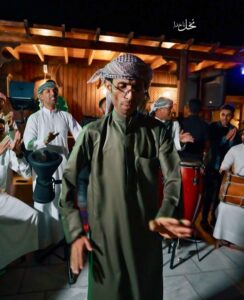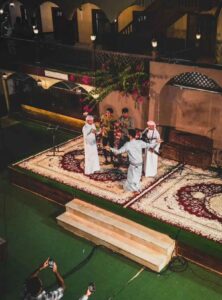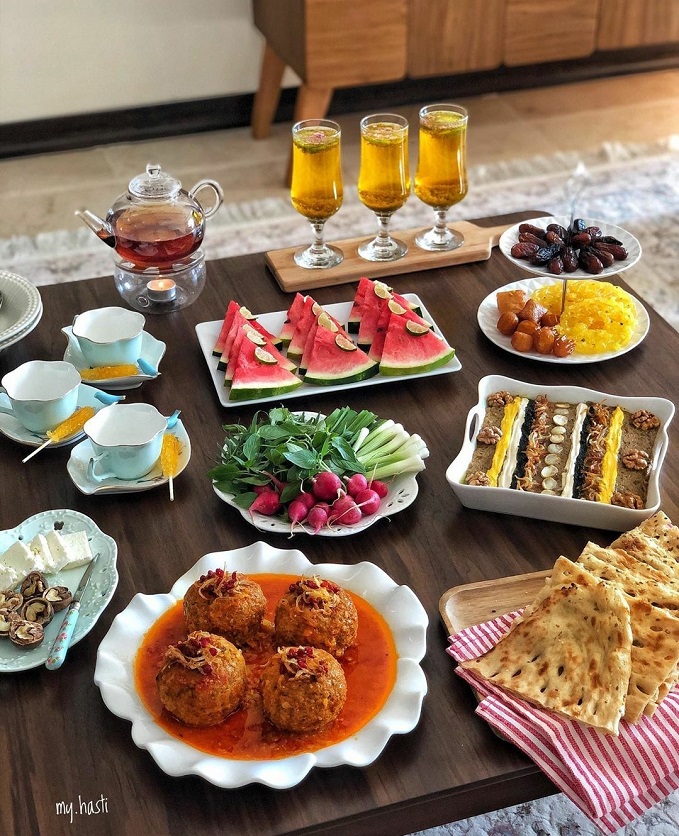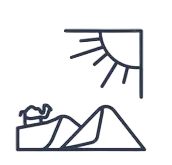Imagine standing under a wide blue sky where a great bird flies above — her wings painted in shades of turquoise and gold. This is the Simurgh, the legendary bird of Iran. Her feathers shimmer like sunlight on ancient tiles, and her song carries the wisdom of ages. She has seen empires rise and fall, watched over the travelers of the Silk Road, and whispered stories to the wind.
Today, the Simurgh opens her wings once more, inviting travelers to follow her path. From the deserts of Yazd to the mountains of Alamut, from the blue domes of Isfahan to the gentle gardens of Shiraz, her journey connects history, art, and human emotion. But this time, her flight is not alone — she meets another bird of legend: China’s Phoenix (Fenghuang, 凤凰).
Together, they tell a story older than time — a story of renewal, peace, and the deep friendship between two ancient civilizations.
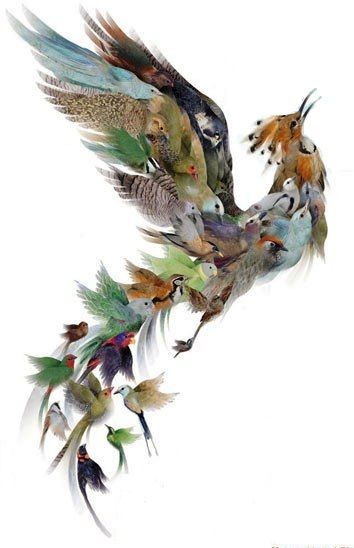
The Song of the Silk Road Birds
Long ago, the Silk Road was not just a trade route. It was a golden thread connecting hearts, ideas, and dreams. Through this road, silk and porcelain reached Persia, while poetry, spices, and stories traveled east to China.
And flying above it all were the birds of legend — the Simurgh of Iran and the Phoenix of China. In Persian mythology, the Simurgh is a guardian of wisdom and healing, living on Mount Qaf beyond the horizon. In Chinese tales, the Phoenix is the queen of birds, a symbol of virtue and harmony, rising from ashes to bring new life.
Both creatures share one message: that beauty, wisdom, and kindness can never die — they are reborn again and again, just like cultures that continue to inspire the world.
When Chinese travelers visit Iran today, they follow the same invisible flight path as their ancestors — discovering echoes of their own traditions in Persian art, music, and hospitality. The Phoenix and the Simurgh still meet in the heart of the Silk Road.
A Journey for the Senses
Following the Simurgh is more than sightseeing — it’s an emotional and sensory adventure.
In Iran, every sense is awakened:
You can taste saffron rice glowing like the morning sun, pistachio ice cream melting with rosewater, and pomegranate juice as red as fire.
You can smell the sweet scent of Persian gardens, where jasmine and orange blossoms fill the air.
You can touch handwoven silk scarves in the bazaars of Yazd, feeling the texture of centuries-old craftsmanship.
You can see the turquoise domes of Isfahan reflecting the sky like mirrors.
And you can hear the sound of Setar music floating through the night — soft, melancholic, eternal.
Each sensation tells a story — a story of rebirth, beauty, and peace, much like the Phoenix and Simurgh themselves.

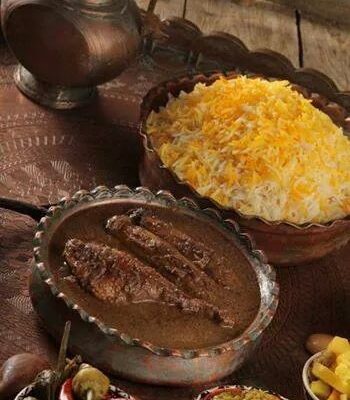
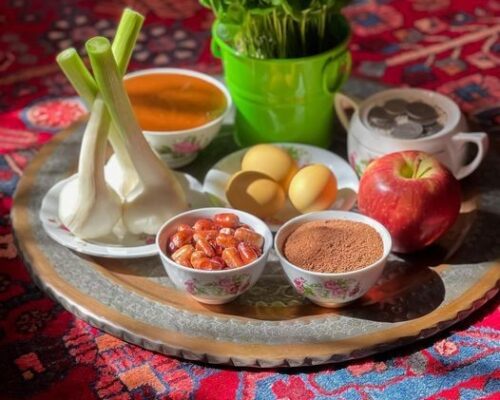
A Different New Year
Every culture celebrates new beginnings. In China, the Spring Festival marks renewal and reunion. In Iran, Nowruz, the Persian New Year, celebrates the same — light over darkness, life over winter.
Imagine spending your Chinese New Year in Iran — walking through Shiraz as flowers bloom in early spring, joining families around a Haft-Seen table decorated with apples, coins, mirrors, and goldfish. The air smells of hyacinth and sweet pastries. You hear laughter, poetry, and the clinking of teacups.
This is “A Different New Year”, yet it feels deeply familiar — because renewal and hope speak the same language everywhere.
It’s where the Phoenix and the Simurgh rise together, where East and West celebrate one shared sunrise.
The Simurgh as Iran’s National Tourism Symbol
Today, Iran proudly introduces the Simurgh as the heart of its National Tourism Brand. She is drawn in Persian turquoise blue, a color that mirrors the sky, the domes, and the dreams of this land. The word “Iran” appears in terracotta, the warm tone of Persian clay, architecture, and deserts.
This design is more than a logo — it’s a message. It says that Iran is a land of color, emotion, and creativity. A country where history breathes through art and where every traveler can find a story that feels personal.
The Simurgh represents not only Iran’s mythical spirit but also a universal idea — that travel can heal, connect, and inspire.
Like the Phoenix, she reminds us that even after silence and time, beauty always returns.
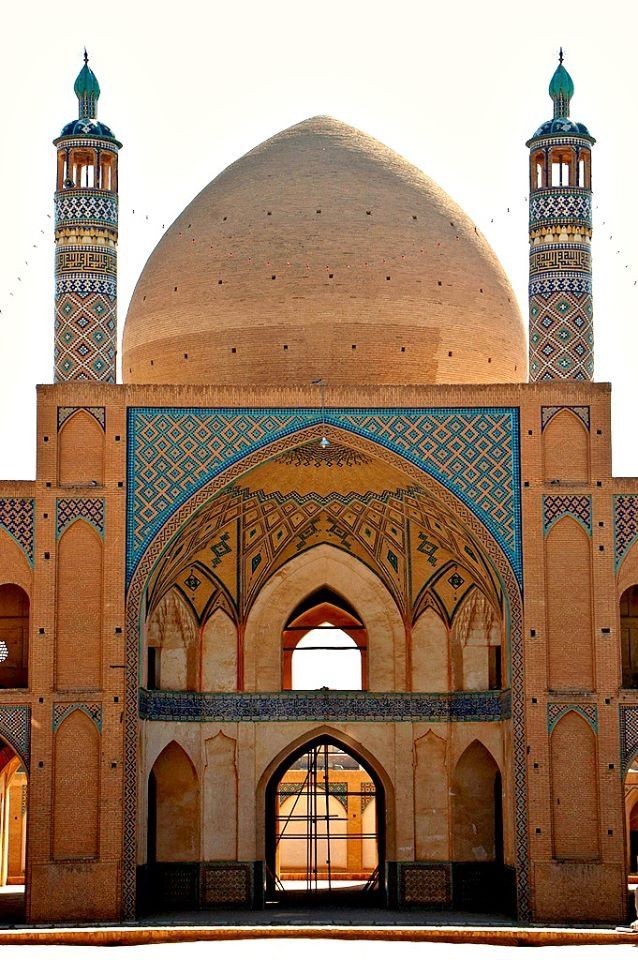
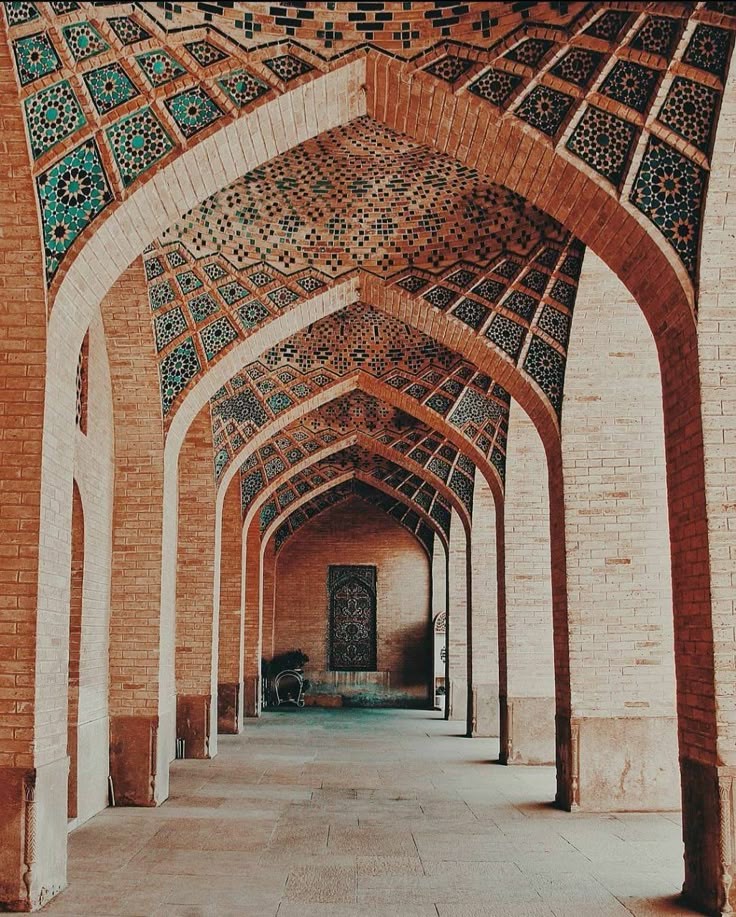
Where the Two Birds Meet
If you close your eyes, you can almost see it — the Simurgh flying west from China’s ancient city of Xi’an, over deserts, mountains, and turquoise lakes, until she reaches the rooftops of Isfahan. There, the Phoenix meets her halfway. Their wings touch, and the wind fills with golden light.
This meeting is not a fantasy — it lives on in art, culture, and friendship. Iran and China, two wings of the same Silk Road, share values of harmony, family, and deep respect for nature and wisdom.
To follow the Simurgh’s flight is to rediscover the shared soul of East and West — and to understand that every journey is part of a greater story.


